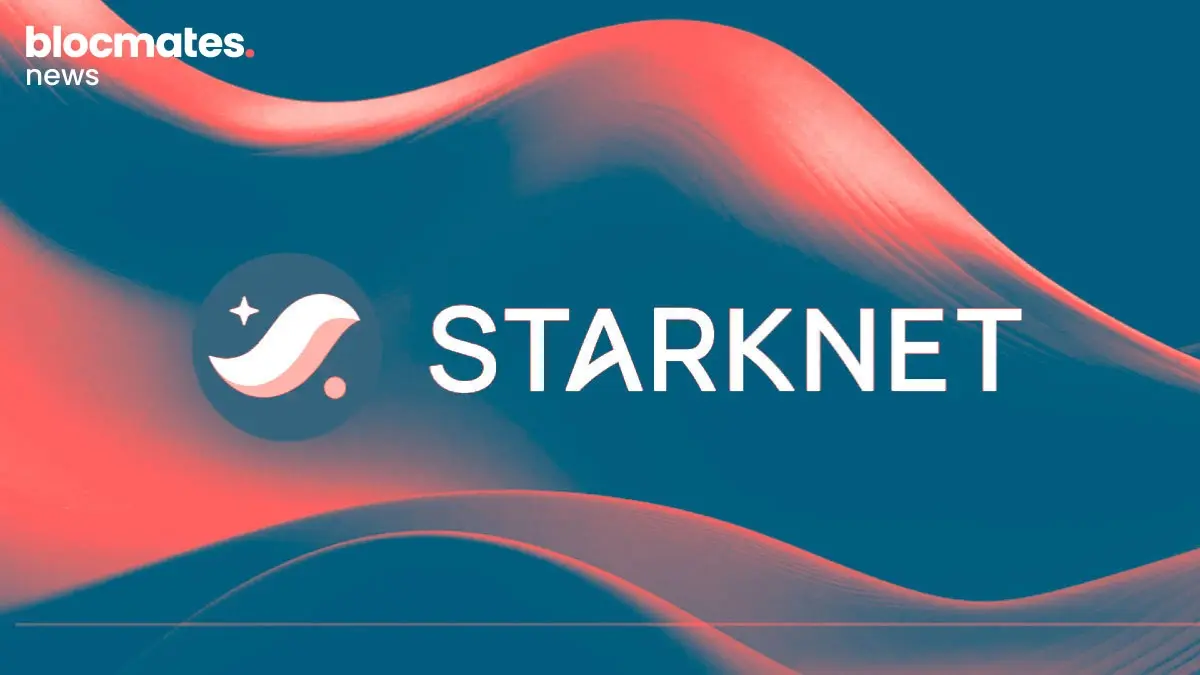For months now, we have extensively covered everything related to Core DAO and its role in the Bitcoin ecosystem.
We gave you a complete guide, followed by a how-to guide, and a piece highlighting how the Core network unlocks DeFi on Bitcoin. If you haven’t checked ‘em out already, I highly recommend you do.
Our extensive coverage of Core is not only because we are massively bullish on it as a product, but also because we believe they are truly elevating the king of our industry, Bitcoin, through a unique product offering.
They are now getting the recognition they deserve but are still criminally underrated, considering their potential.
That said, we still need to cover one thing regarding Core: the upcoming dual staking feature.
It is another feature that convincingly sets Core apart from the crowd in the Bitcoin ecosystem. But the monetary benefit for stakeholders from this feature is what could also firmly place them in the driver's seat in the near future.
So let me not waste any more of your time. Let’s dive straight into everything you need to know about Core’s staking feature.
PLEASE NOTE: Dual Staking is not currently live, but will be live very soon.

What is Core’s non-custodial Bitcoin staking?
Core’s non-custodial BTC staking product is the first of its kind.
First, all other BTC yield products require holders to relinquish custody of their BTC, which is a major no-go for most holders. But Core’s non-custodial staking establishes a risk-free rate for BTC, which then allows a bunch of different financial instruments to be built on top of it.
The staking mechanism started with simple BTC staking for CORE rewards. After having established a rate for Bitcoin staking, Core DAO introduced dual staking, where stakers could stake their CORE rewards and get a ‘dual staker rate’ for rewards. Naturally, the reward rate is higher the longer someone stakes.
The basic idea behind this is to finally close the economic loop between the Core network and Bitcoin, establishing a stronger alignment between the two chains.
But I’m sure most of you will be asking the age-old question. Where does the yield come from?

Well, unlike your average inflationary DeFi ponzi, the yield is actually real.
For starters, the CORE token has an 81-year emission schedule with supply gradually getting emitted through block rewards, and these block rewards will decrease by 3.6% every year. This makes up the first element of where the yield comes from.
The second element is transaction fees. People who use Core and its BTC-fi ecosystem will have to pay a gas fee to use the chain, just like any other chain.
A portion collected from the transaction fees ultimately makes up the yield from staking as the rewards are redistributed proportionally to stakers.
If you’re doubting the level of usage of the Core Network, let me toss some stats.
Over the past few months, their daily active addresses have fluctuated between 150k and 300k. In retrospect, they have been able to consistently register more than 300k transactions per day.
Additionally, their DeFi ecosystem has roughly $500 million in TVL and is growing, with parallel sectors like gaming and NFTs also flourishing.
So yeah, you don’t need to worry about where the yield is fueled from.
So now that we know dual staking can lead to boosted yield for dual stakers, what can stakers do with their CORE rewards?
CORE tokenomics
CORE is both a governance and utility token, so let us first show you the basic functions you can do with your CORE rewards and then dive into the more exciting details.
In terms of governance, CORE holders can vote on governance proposals that introduce network upgrades and grant programs, amongst many other things. In terms of utility, the CORE token is used to pay transaction fees for using the network.
Something to keep in mind about transaction fees is that the Core network's monetary policy involves a fee burn.
The DAO will determine the burn rate, and based on this rate, a portion of the transaction fees and block rewards will be burnt to create deflationary pressure over the long run.
Now, if you want to supercharge your yields, there is an option to liquid-stake your CORE rewards.
Most of you are probably familiar with the concept of liquid staking by now, but for those of you who aren’t, it’s the concept of staking your token into a liquid derivative so that you can earn the staking rewards while also having a liquid token that can be used for DeFi activities.
With CORE, holders can liquid stake it for stCORE. By doing this, CORE holders get yield derived from staking rewards for securing the network, but at the same time, they maintain their liquidity.
This stCORE can be used for different BTC-fi activities like lending, trading, or yield farming to further boost profitability.
So, if you would like to get involved in liquid staking and dual staking activities, click here.
What is the importance of dual staking?
The Core network has a lot of stakeholders, and each one of them benefits differently from dual staking.
The main beneficiaries of dual staking are:
- CORE holders
- Bitcoin miners
- Bitcoin network
- Core network
- Bitcoin and Core users
Arguably, the biggest beneficiaries of dual staking are CORE holders.
Think about it. Owning CORE has now become the best way to get a higher yield on your BTC.
We have a host of whales and OGs who do nothing other than hold their BTC. Now, they can start accumulating the CORE token to supercharge their BTC yield, with CORE holders becoming the indirect benefactors.
In a similar light, miners benefit greatly too.
The Bitcoin economic security debate has been a hot topic for a while now. The dilemma lies in the fact that Bitcoin miners are crucial to the network's security and decentralization.
However, over time, it’s getting increasingly expensive to be a Bitcoin miner while the block rewards continually decrease. By participating in securing the Core network with no extra cost, Bitcoin miners are already earning extra rewards in the form of CORE.
Now, by participating in dual staking, they can further boost their CORE earnings, allowing them to run a more profitable mining operation.
With Bitcoin miners having a different avenue to earn a passive income of sorts, it allows them to continue their Bitcoin mining operations with less of a headache. They are often the largest sellers of BTC, but now, with yields from the Core Network, they won’t need to sell as much BTC to fund their operations.
This means the Bitcoin network will be able to maintain a higher distribution of miners, who maintain the network’s security and decentralization.
As a result of this, Bitcoin users also indirectly benefit since the network can maintain its integrity.
The Core network benefits in two ways.
The initial non-custodial BTC staking product saw a lot of traction. By creating a dual staking avenue for BTC stakers to stake their CORE rewards, the network benefits from added security since a higher percentage of the supply will be staked and delegated.
The second way it benefits is being more aligned with the Bitcoin network. Initially, providing an additional source of income for Bitcoin miners was a great way to align with Bitcoin, but now, giving BTC holders an avenue to earn more rewards while securing the Core network is also aligned with BTC holders.
Gradually, as the BTC-fi ecosystem grows on Core, the alignment between the two chains will further grow until Core is fully aligned with the top blockchain of this industry in Bitcoin.
What does this mean for the CORE token?
When most people hear of a staking rewards token, they think of inflationary emissions and unsustainability.
Most tokens have given no reason for you to think otherwise, but with CORE, things are actually different.
Let’s just start with the token utility itself. CORE will be the gas token for the Core network. So, at the base level, its value is derived from the demand there is to use the Core Network and its BTC-fi ecosystem.
If you read this article, it’ll become pretty evident that with their vast product ecosystem and strong community, there will be demand to use the Core Network.
So it’s clear that it’s not a valueless DeFi governance token that just pays through inflation, but also, the emission schedule itself is 81 years long. So while there is inflation, it will be gradual and sustainable.
However, the real value proposition for CORE comes from dual staking.
As we already explained, the introduction of dual staking has now closed the economic loop between Bitcoin and the Core Network, effectively making Core the most Bitcoin-aligned blockchain in the market.
Closing this economic loop means that the CORE token is the de-facto way to get exposure to a non-custodial BTC staking product.
The entire Bitcoin ecosystem narrative is likely to continue to pick up steam going into the new year. But BTC staking as a product is something that will be demanded by a much wider audience.
Those who don’t wish to partake in on-chain activities, whether retail or institutional, will certainly demand a product that gives them yield on the best asset in crypto without relinquishing custody.
The best way to get exposure to the growth of this sector is CORE.
"But what about selling pressure from miners?"
But you still may be thinking. If Bitcoin miners get CORE as a reward token, won’t there just be a ton of selling pressure?
Well, it’s a possibility, but put yourself in the shoes of a Bitcoin miner.
For close to no additional cost, you are already getting this additional token as a reward. That’s great — additional income!
But now you hear about a way to earn even more from this already side/passive income. Since it’s relatively easy to stake, it seems like a no-brainer to get the boosted dual staking reward to earn even more on the income you considered as side income in the first place.
Now that the boosted rewards make the miners even more profitable, whenever they need to cover the costs of their operations, they can occasionally check in and sell a portion of their rewards to cover costs.
It further benefits them because Bitcoin miners are inherently bullish on BTC and want to sell the least amount possible to fund their operation. By getting boosted yields from dual staking, they can live off the yield and sell significantly less BTC (This is also good for my bags, but that’s beside the point).
But, over the long run, it seems more likely that the rate of staking CORE will increase and outpace the selling pressure caused by miners selling rewards.
So, if you put all this together, CORE effectively becomes the best way to get exposure to BTC staking and a Bitcoin-aligned ecosystem.
Concluding thoughts
The mission for CoreDAO has been very clear from day one: to be a Bitcoin-aligned chain that enhances BTC's capabilities through an aligned EVM chain.
Doing something like this sounds really good on paper but is very hard to execute in practice. It requires meticulous execution and a long-term vision, both of which the Core team very clearly have.
We have already seen many so-called ‘Bitcoin ecosystem’ products come and go this year, but the Core team has stuck to the plan and has consistently been shipping top-notch products.
Enhancing Bitcoin’s capabilities seems like a no-brainer bet to me, and if there were a team to bet on to be successful, it would be Core.
Dual staking is just the most recent product. They have a ton more stuff in the pipeline which we will be keeping you posted on in the near future. So keep your eyes peeled anon or you might miss the BTC-fi boat.






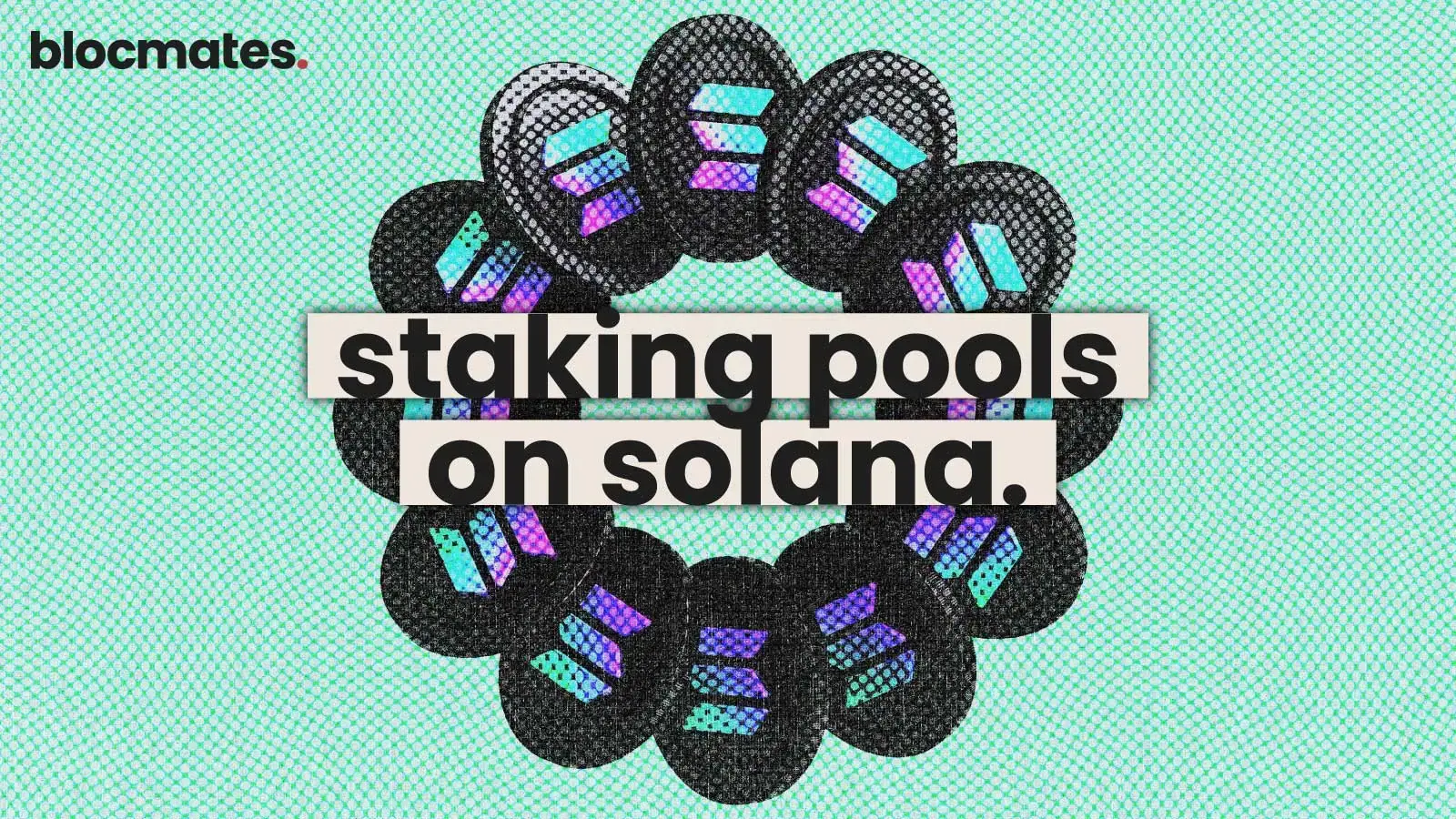





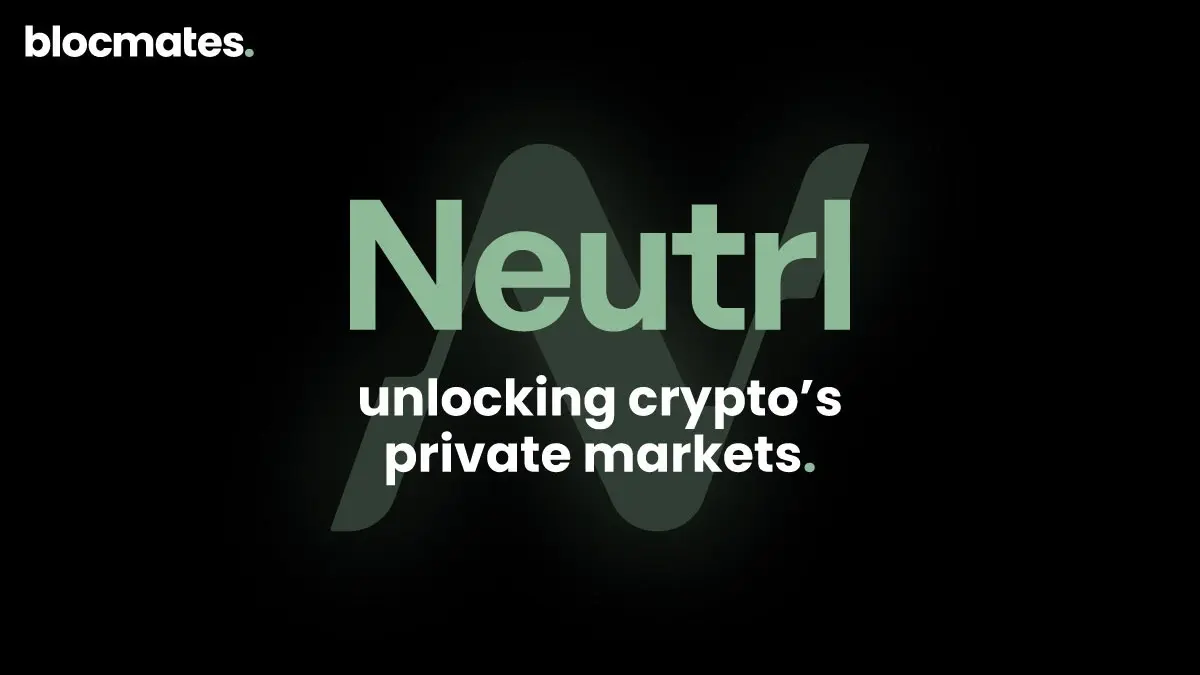


.webp)

.webp)
.webp)
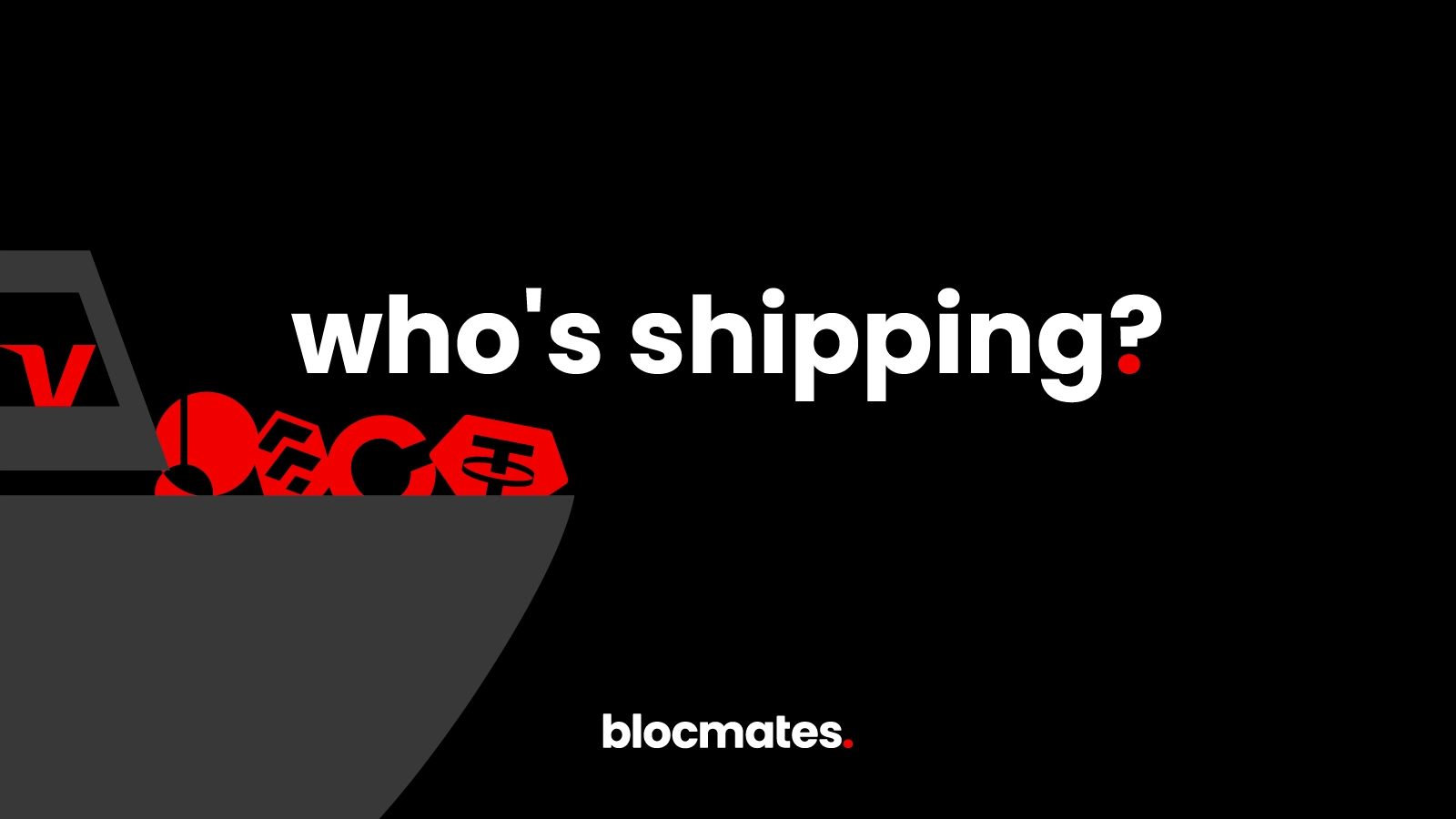
%20(1).webp)
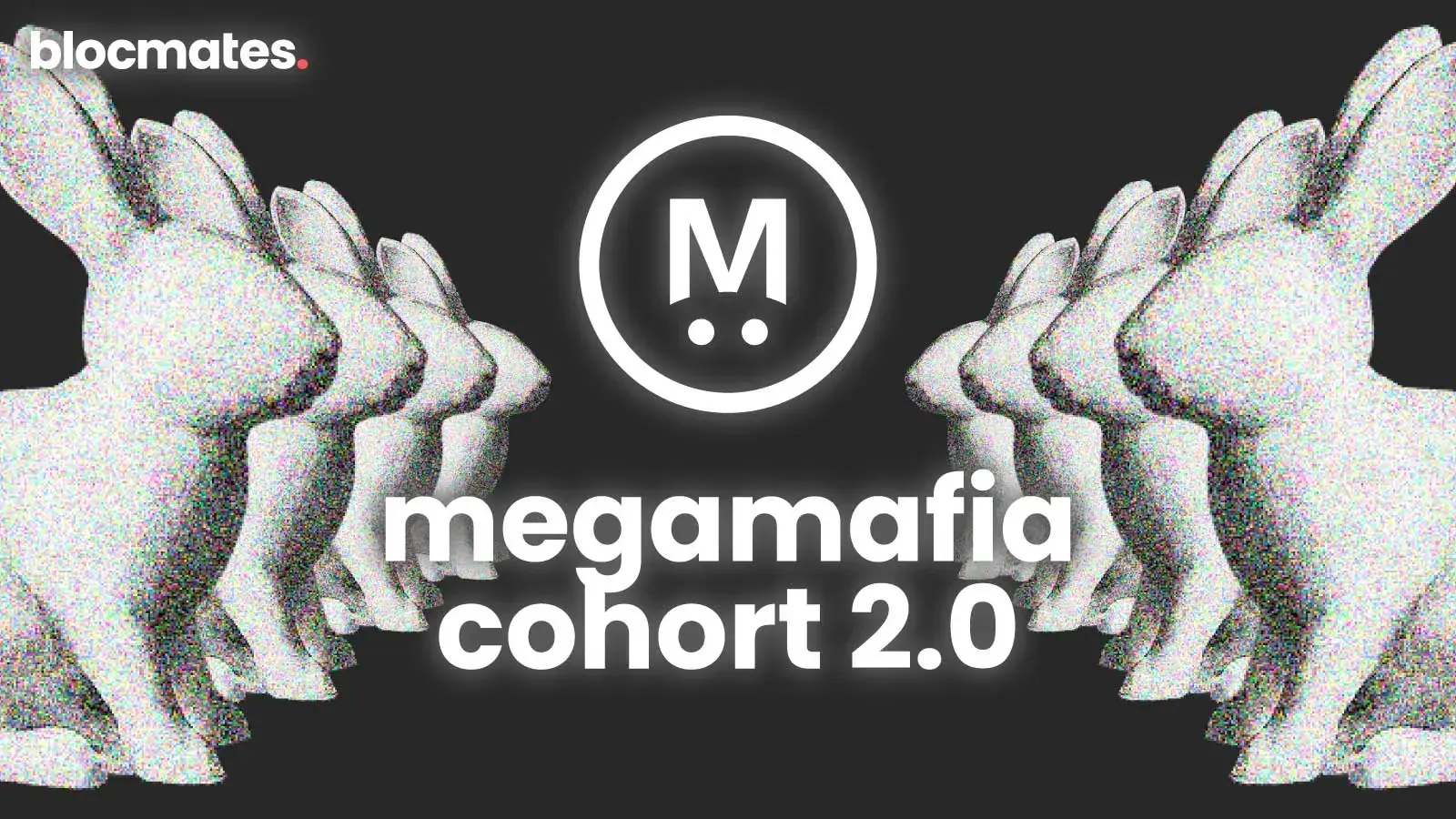
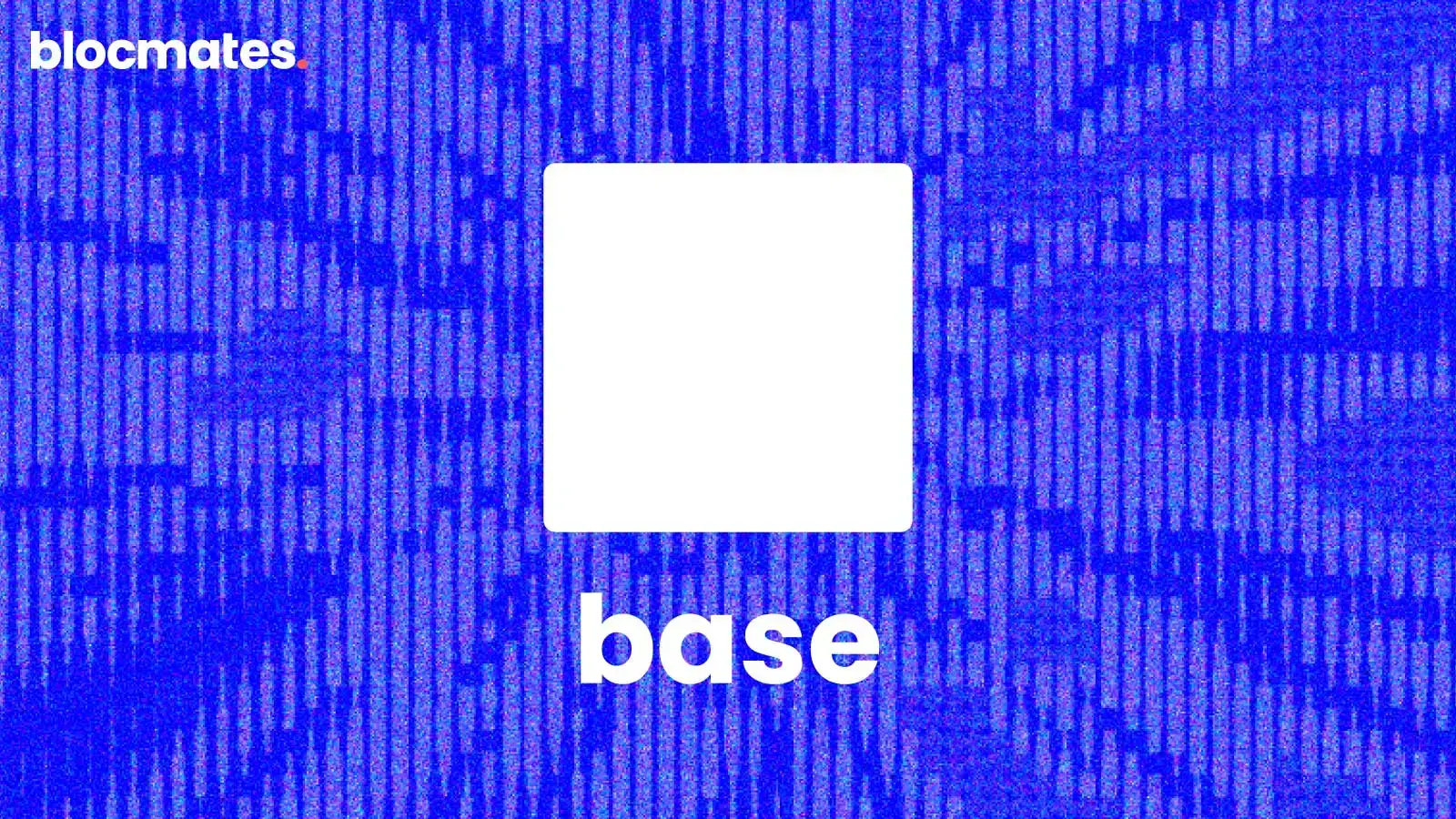
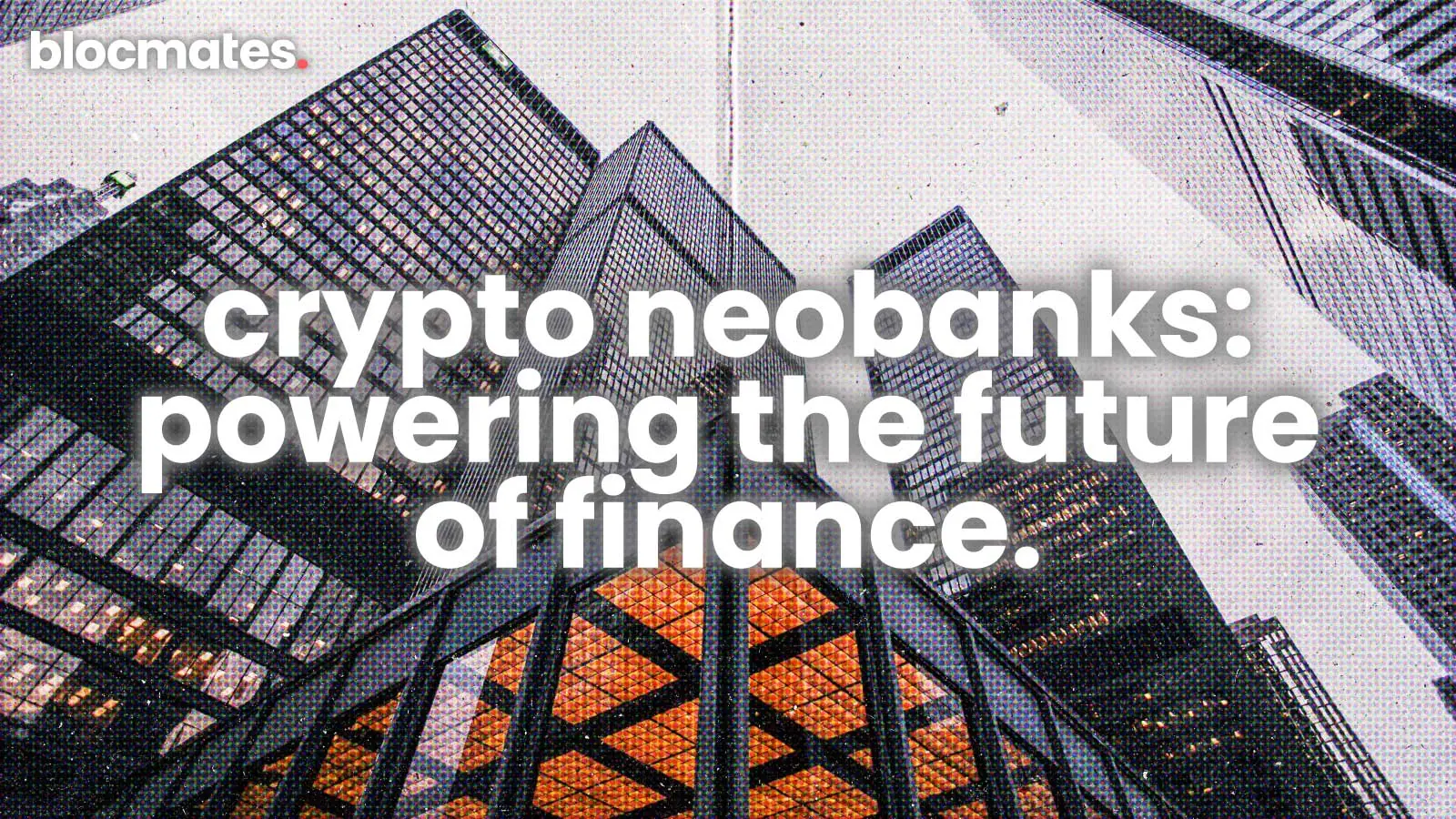


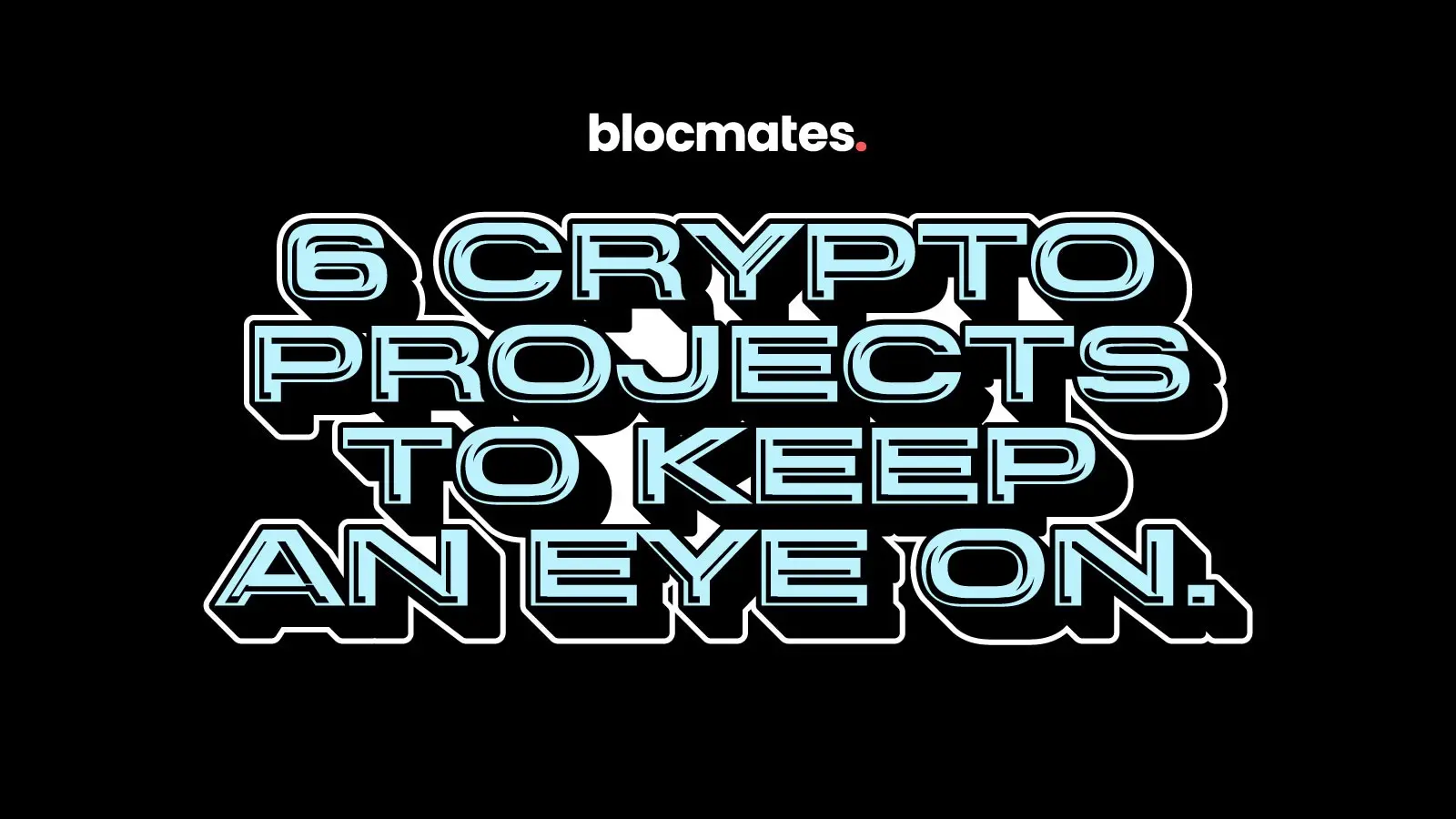
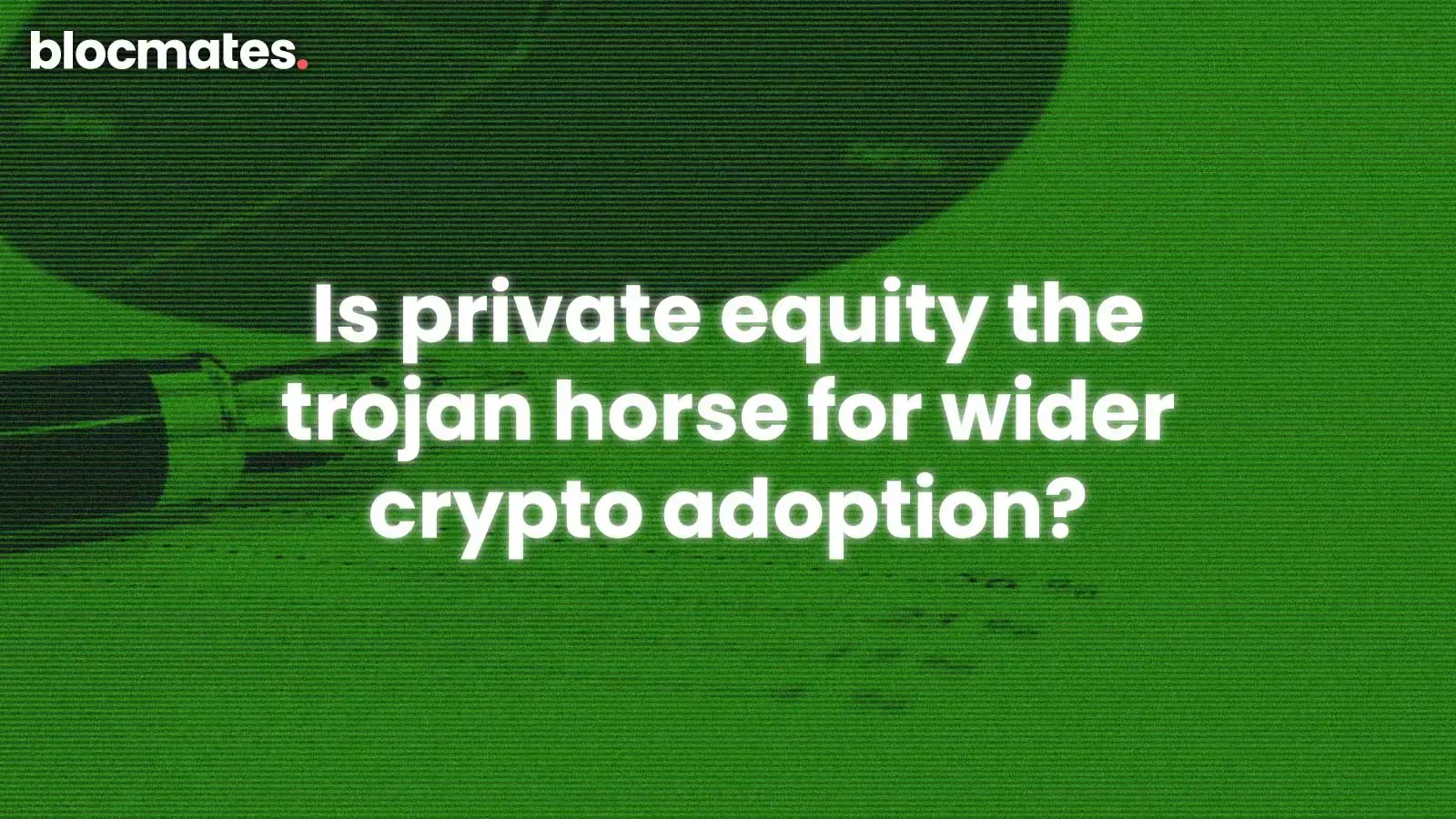
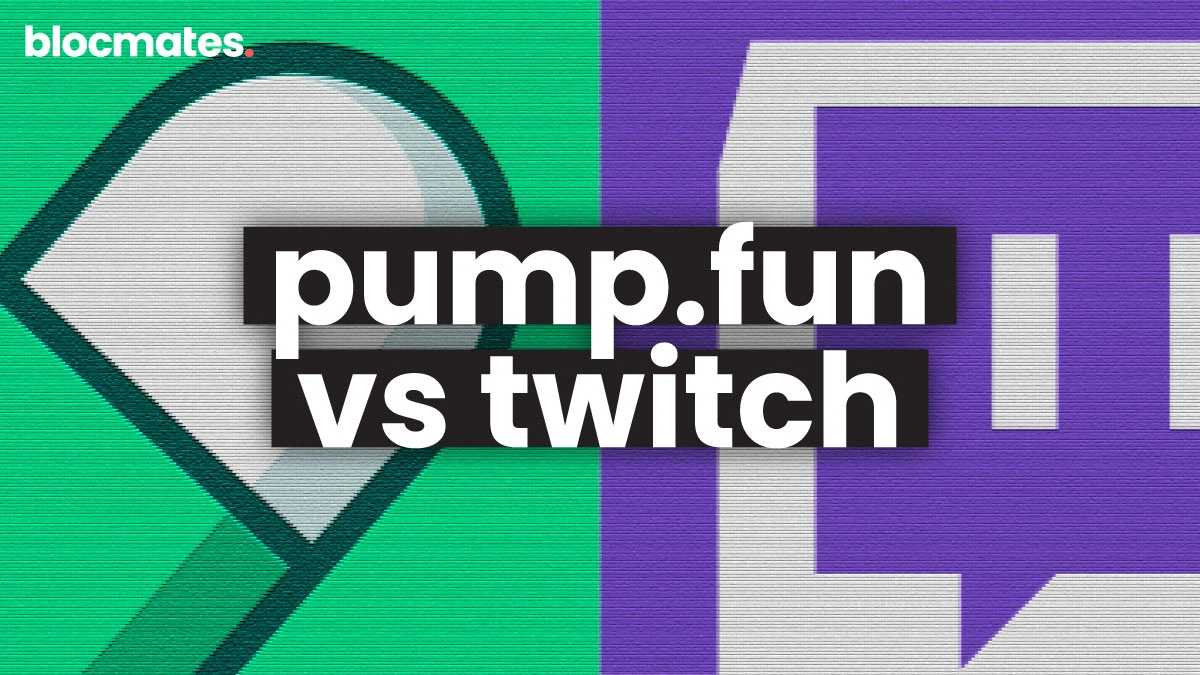

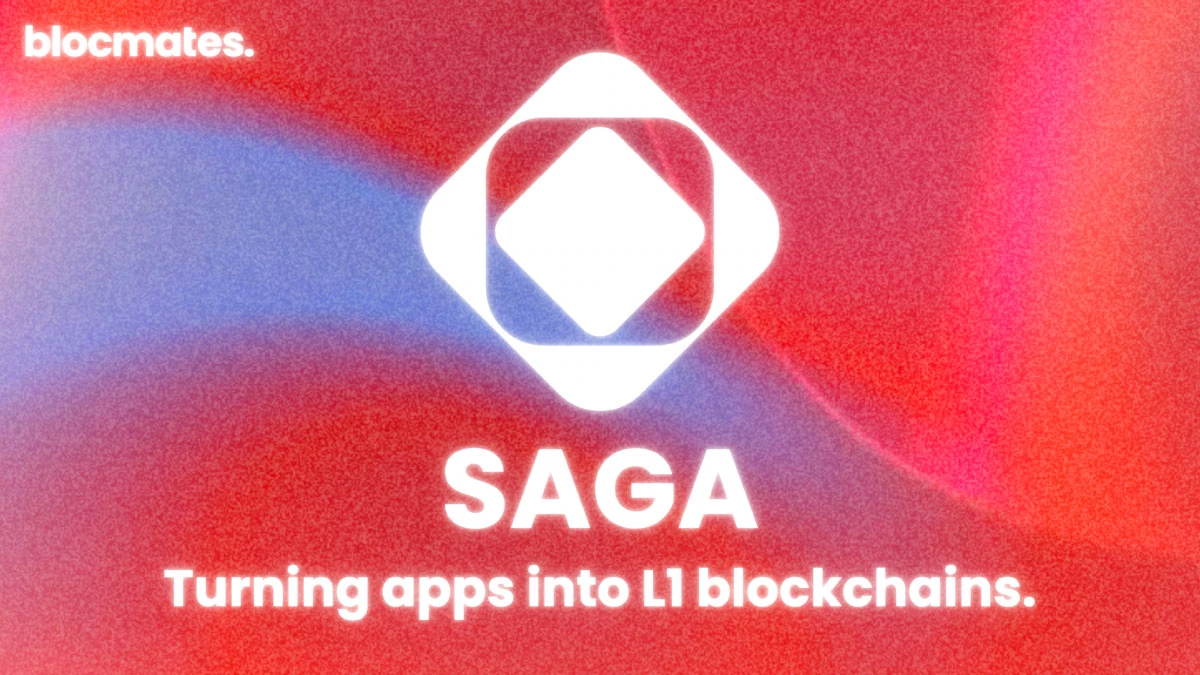

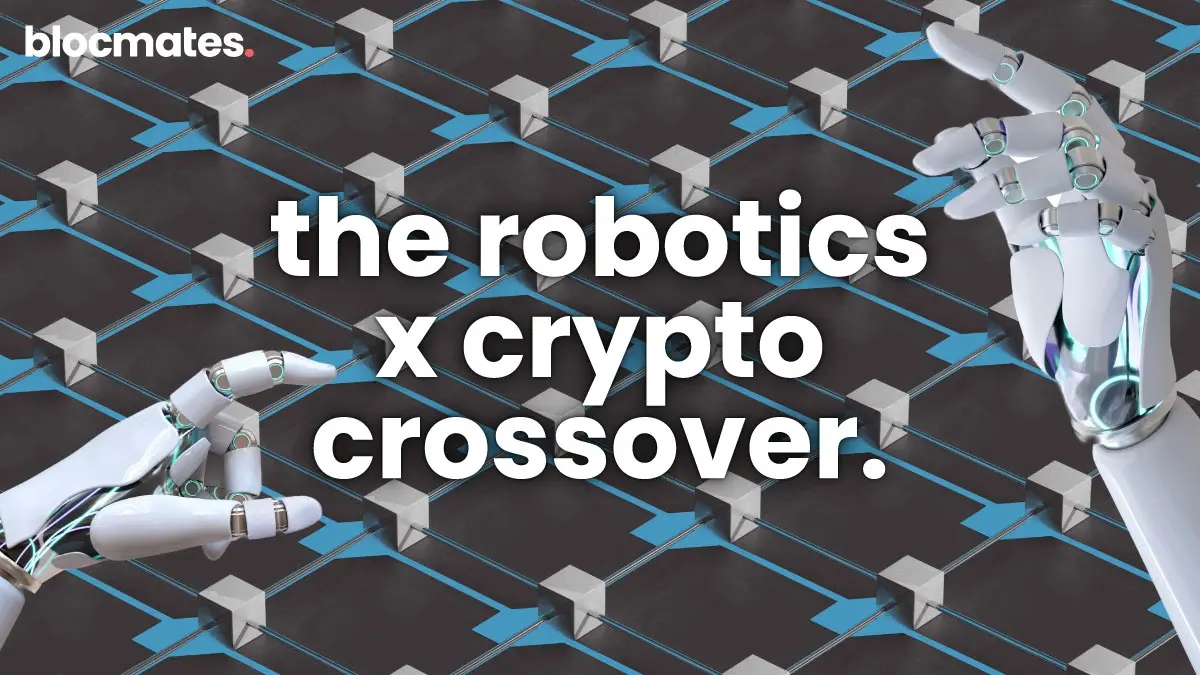
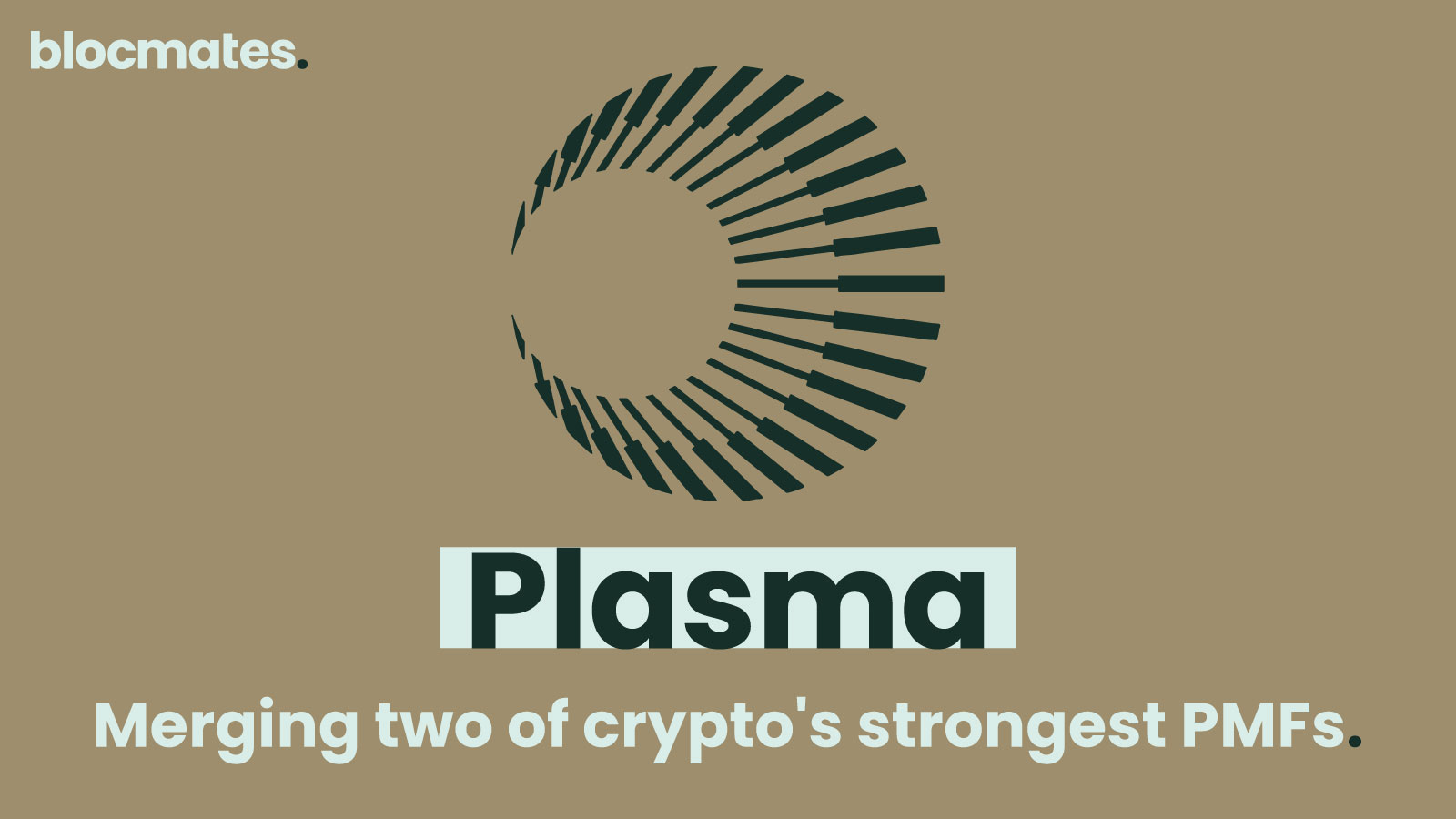

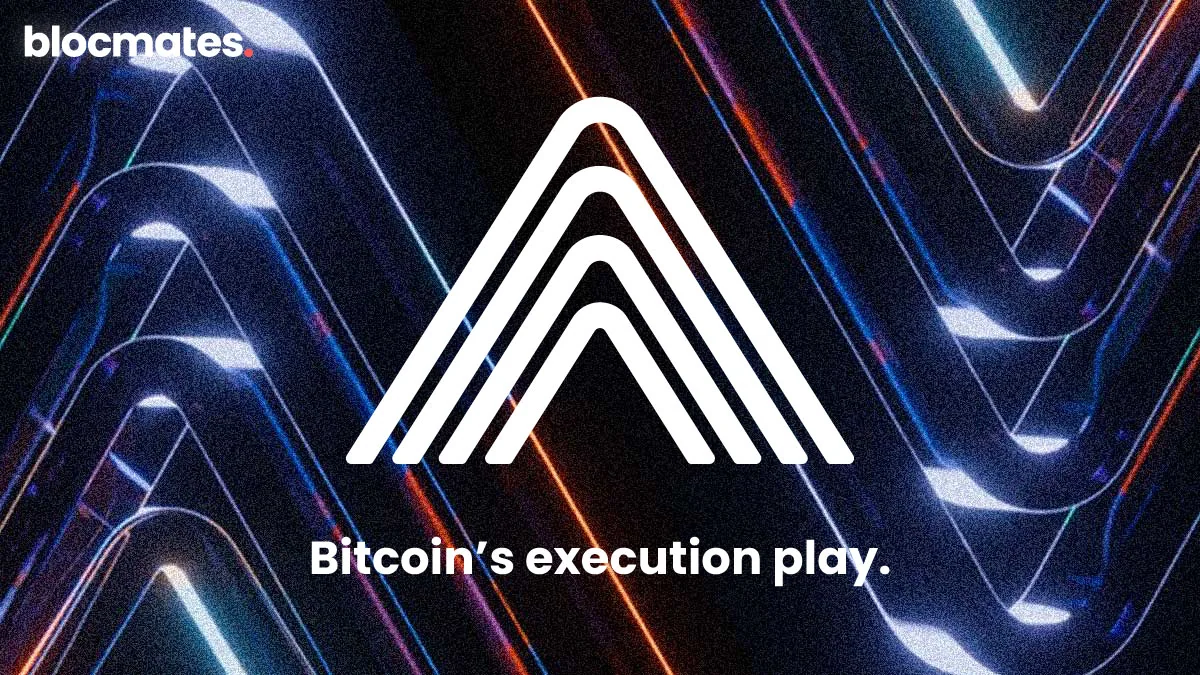
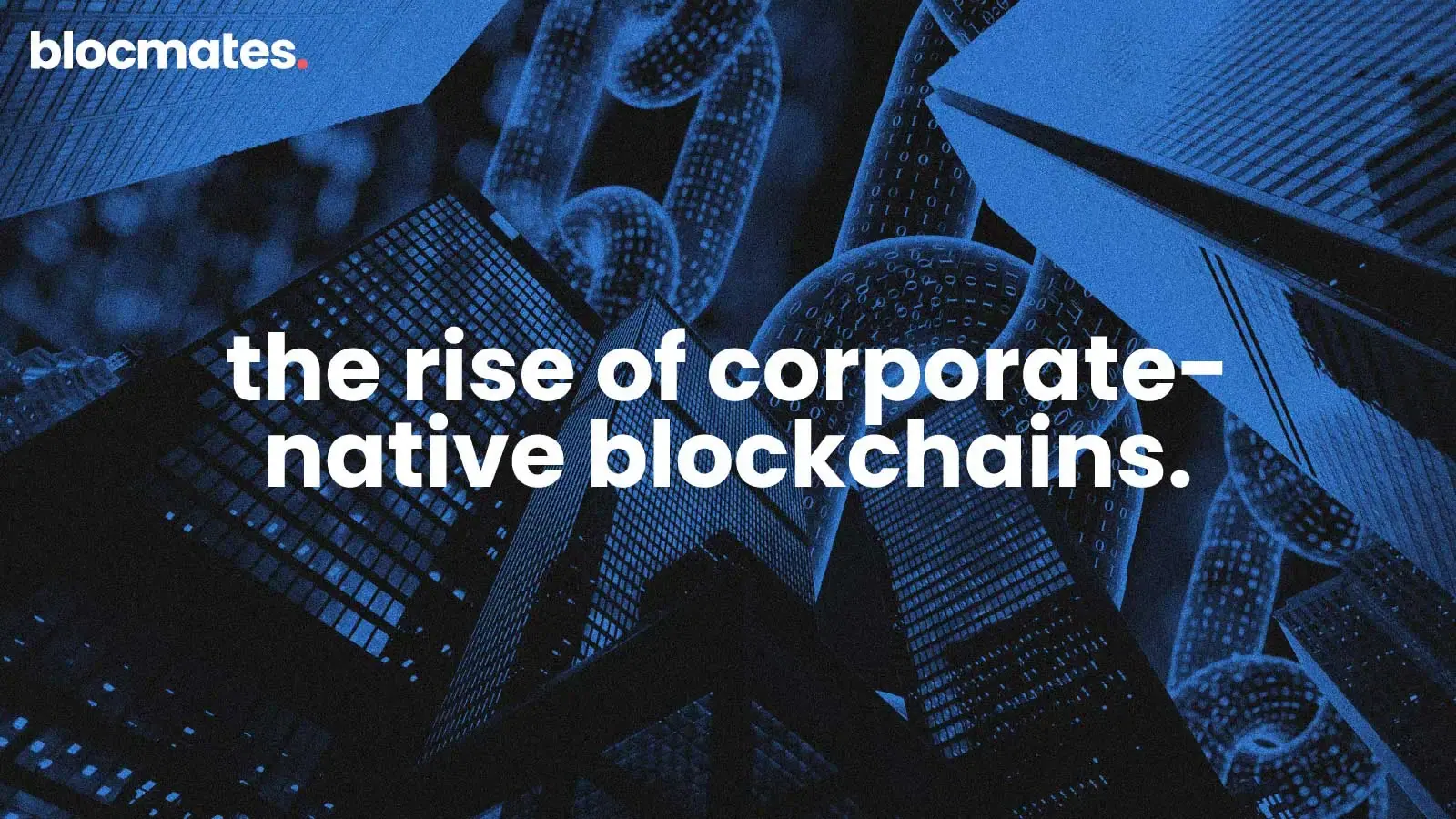
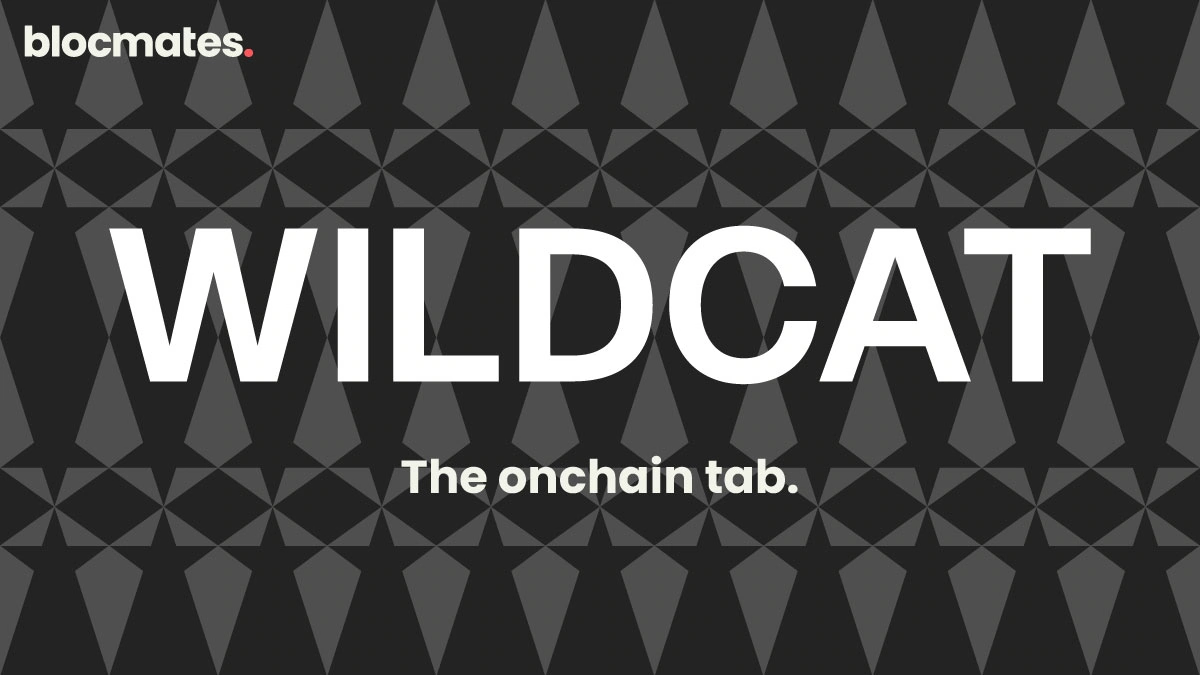
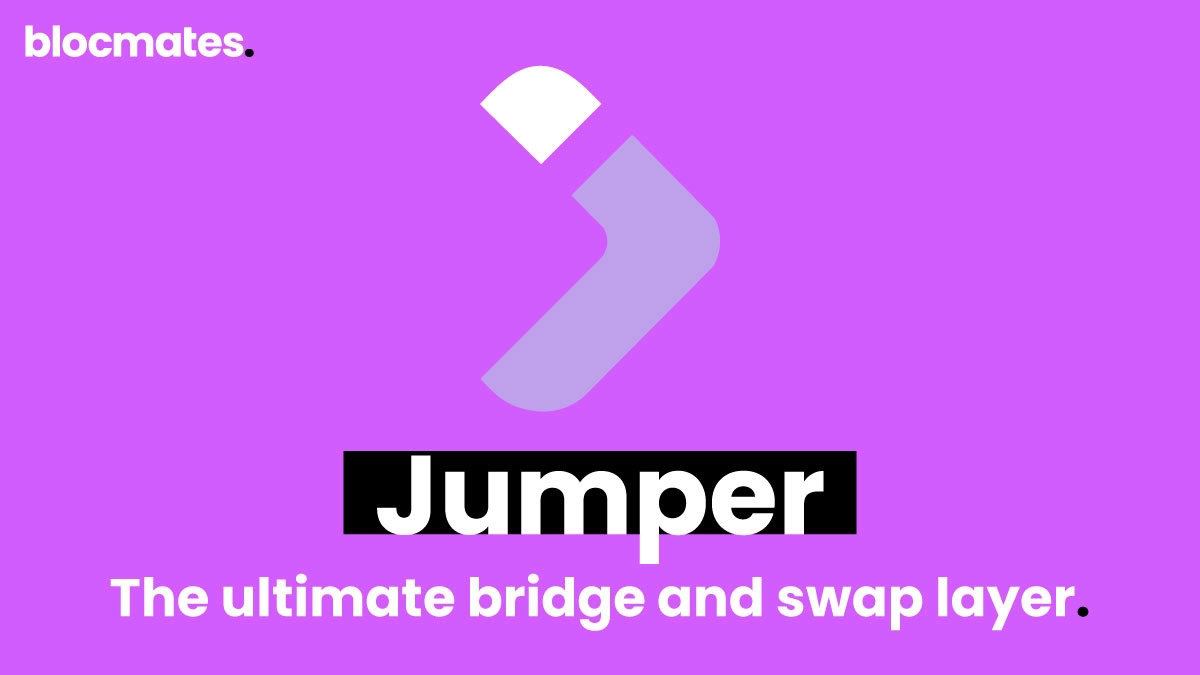
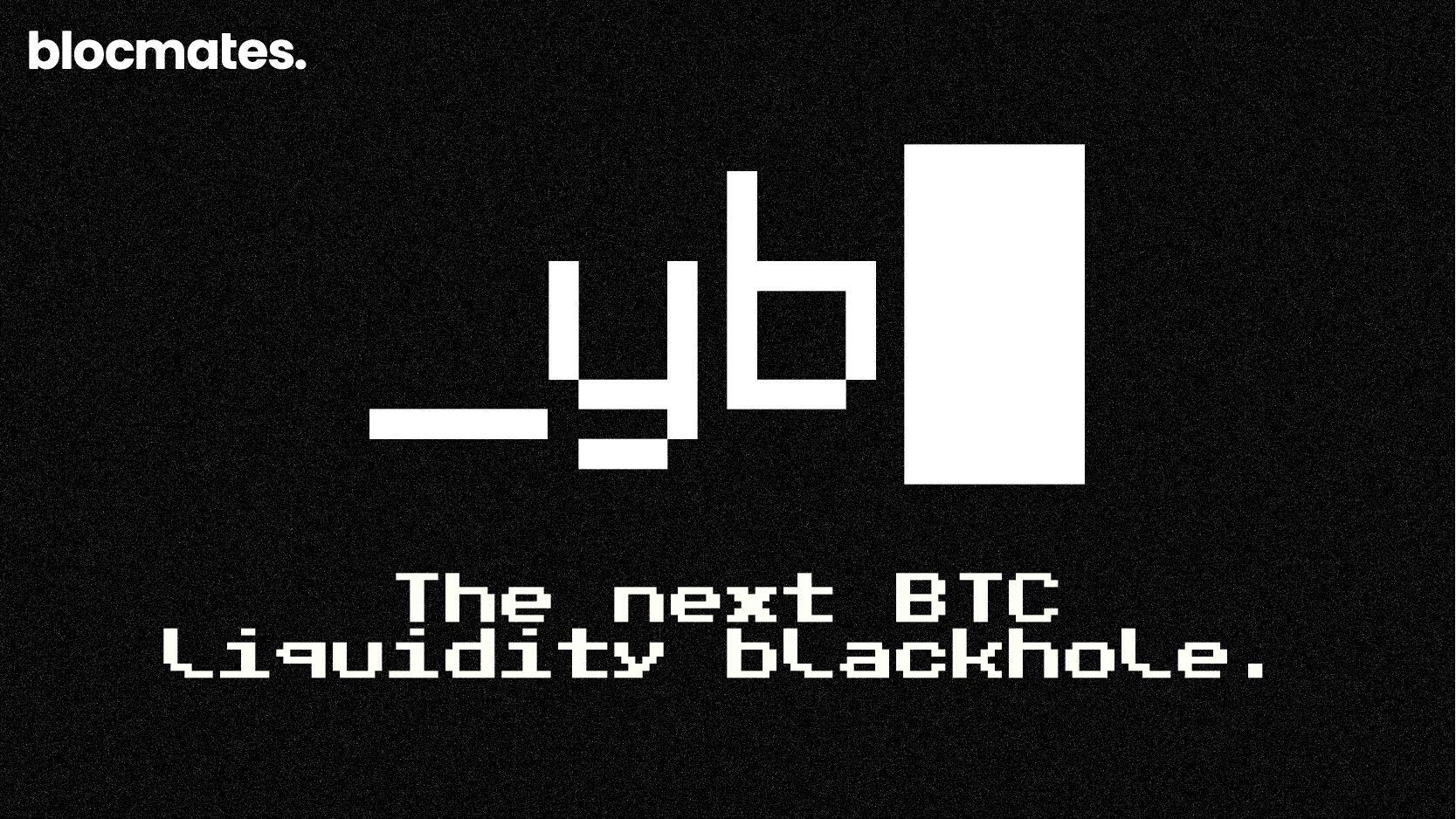
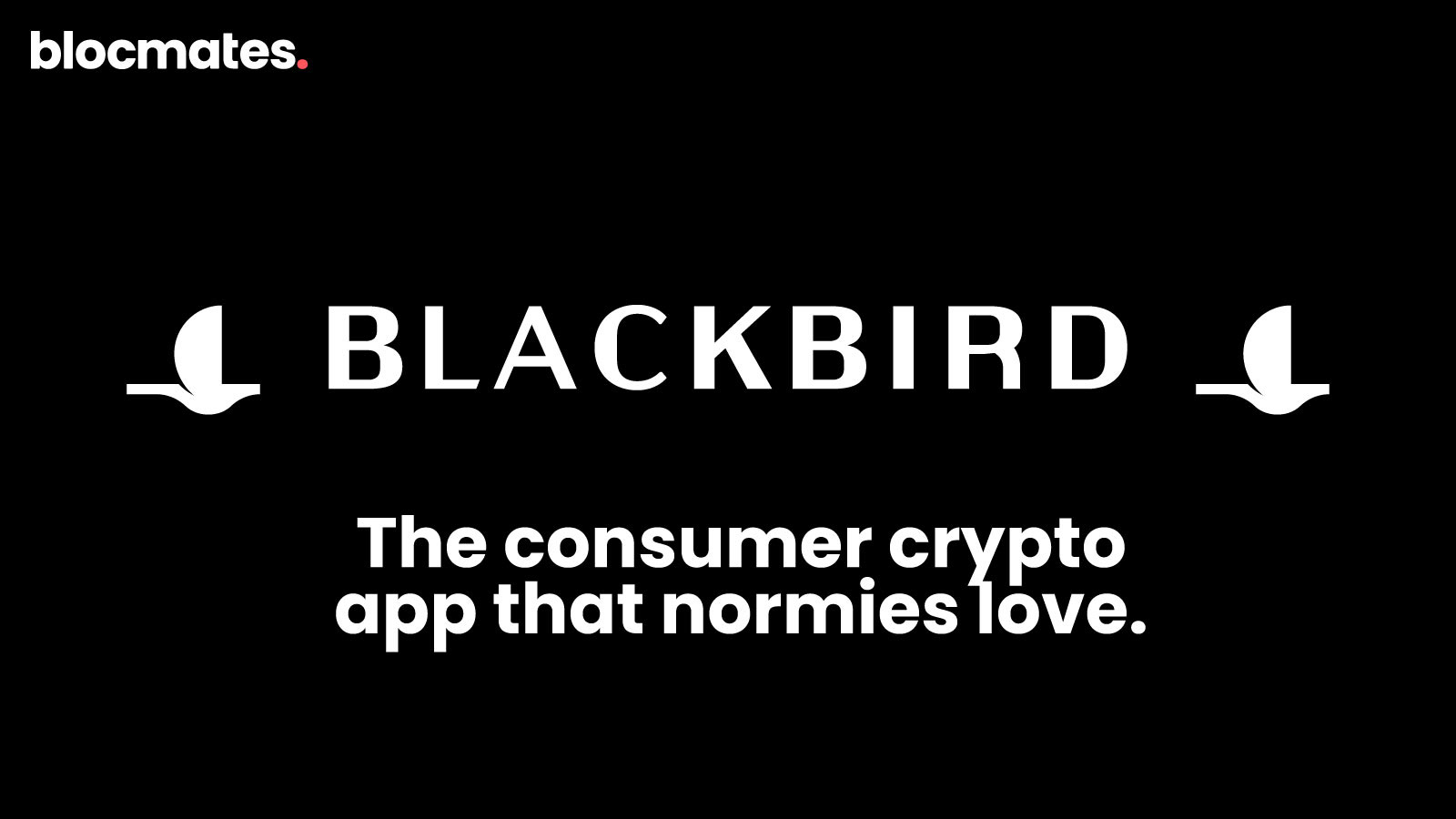
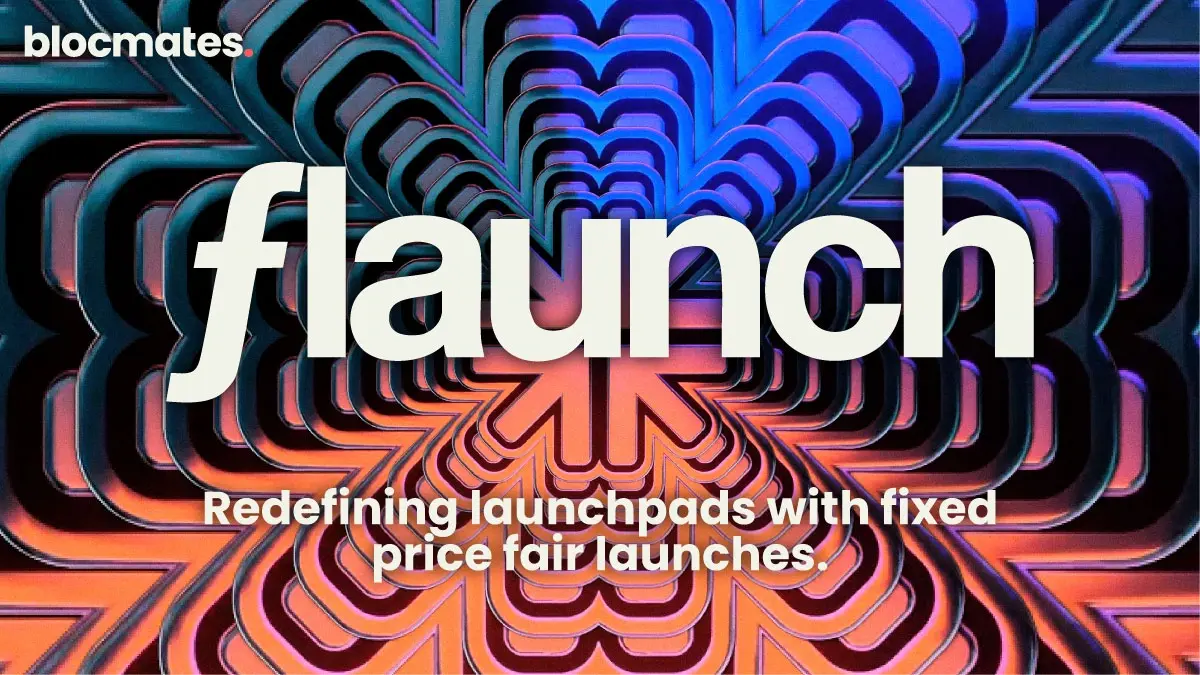

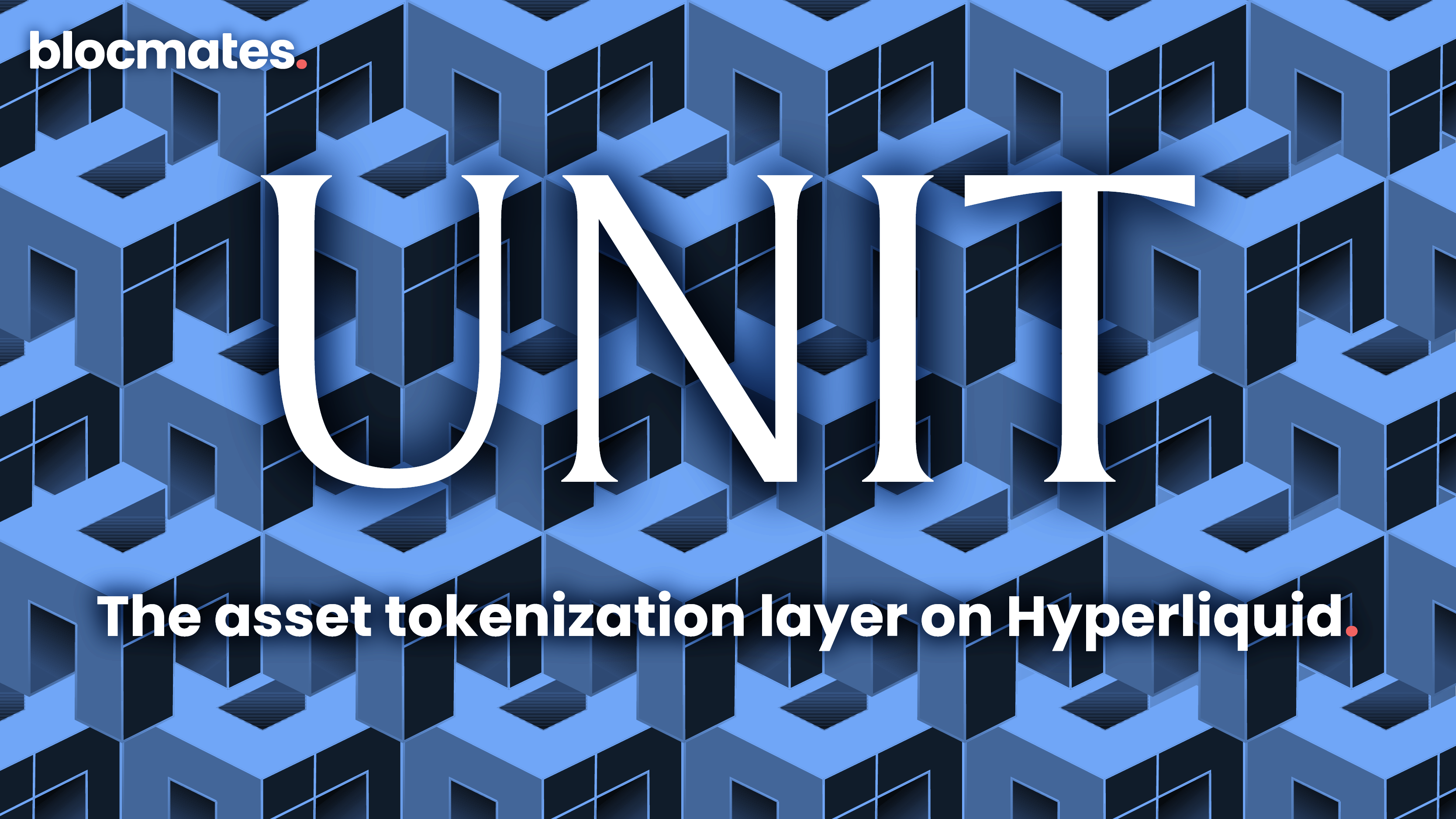



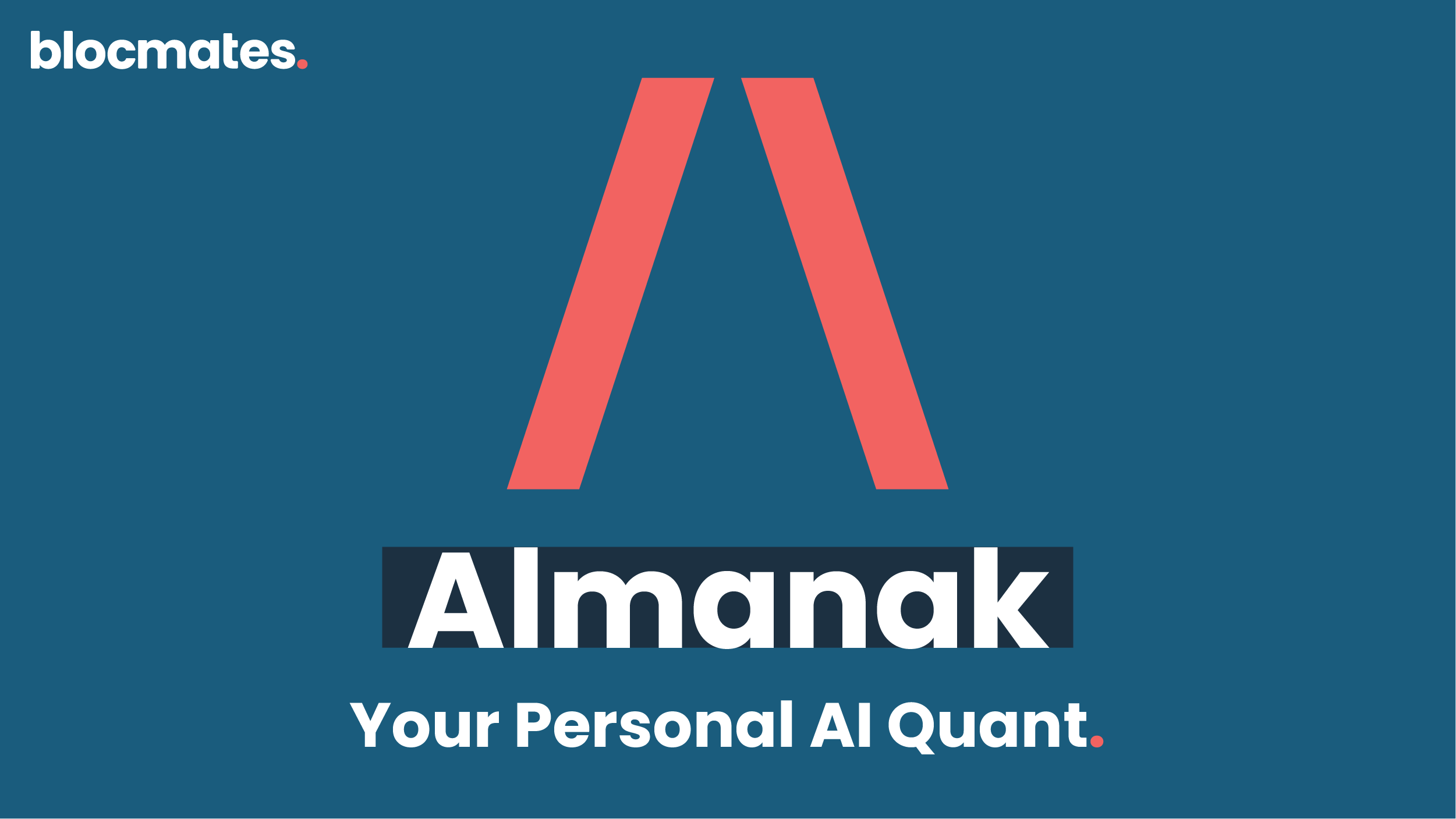
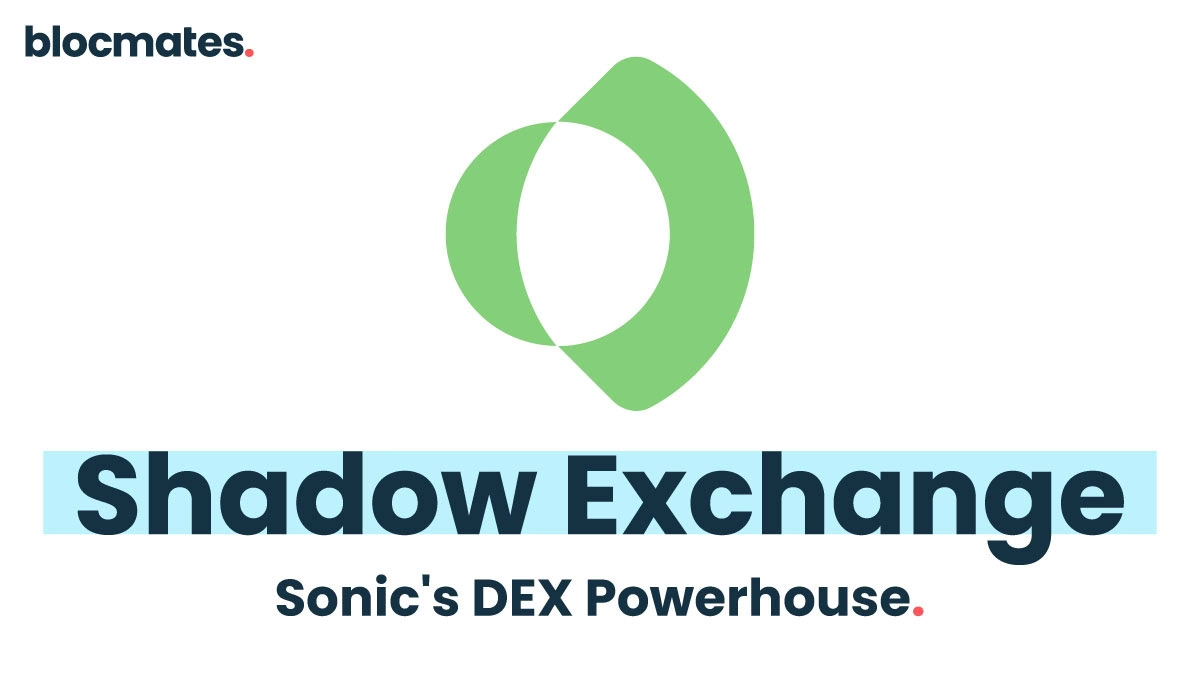


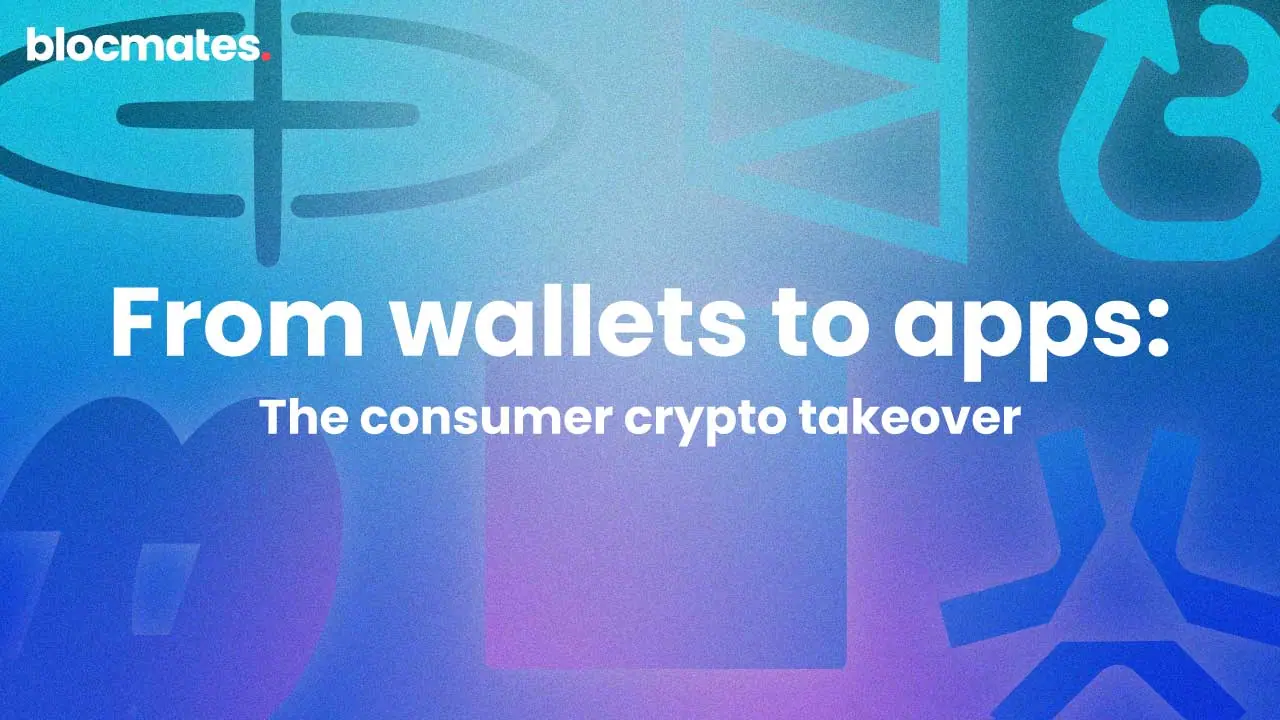


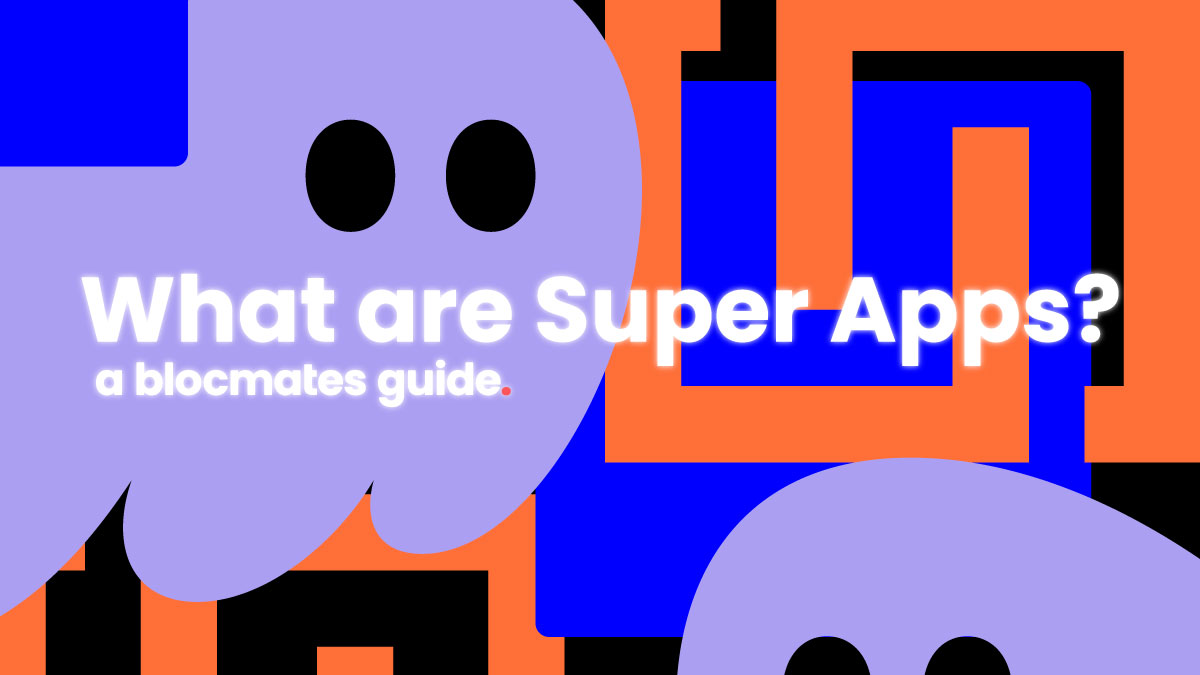
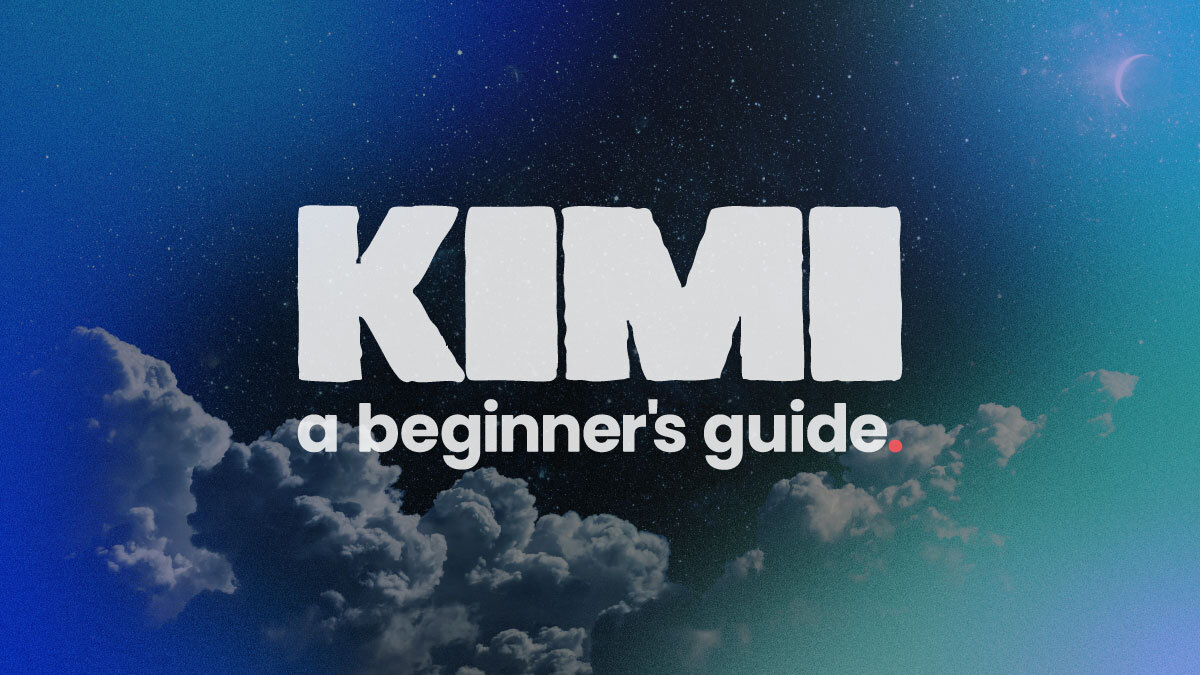
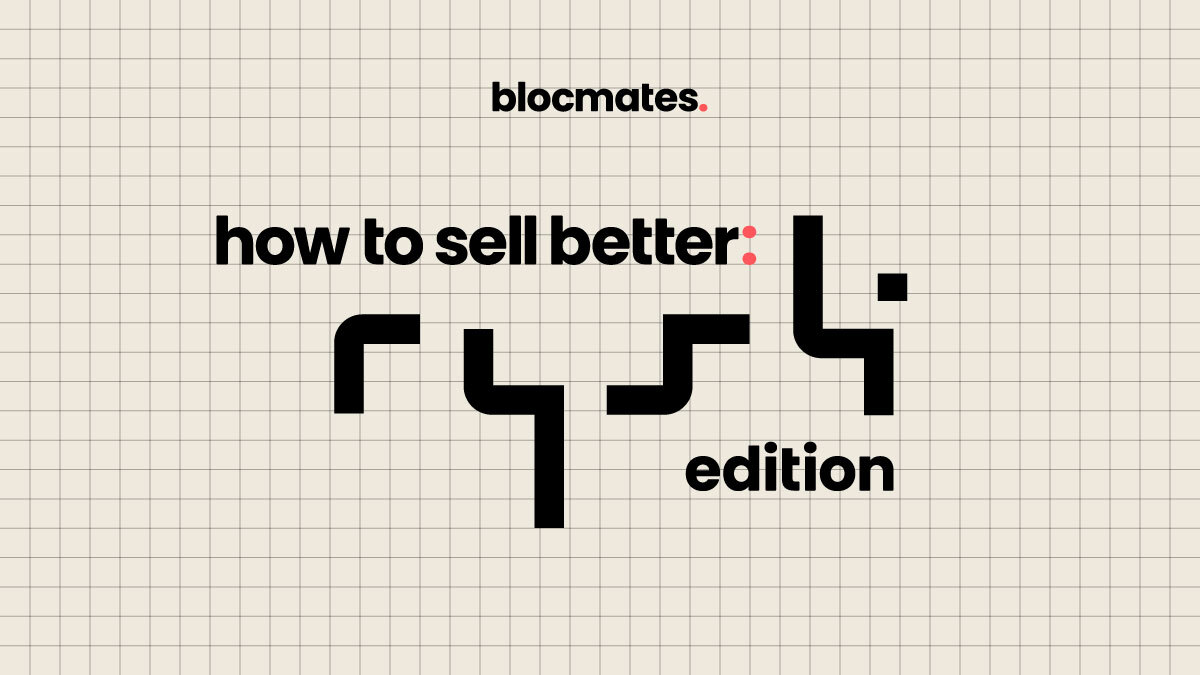
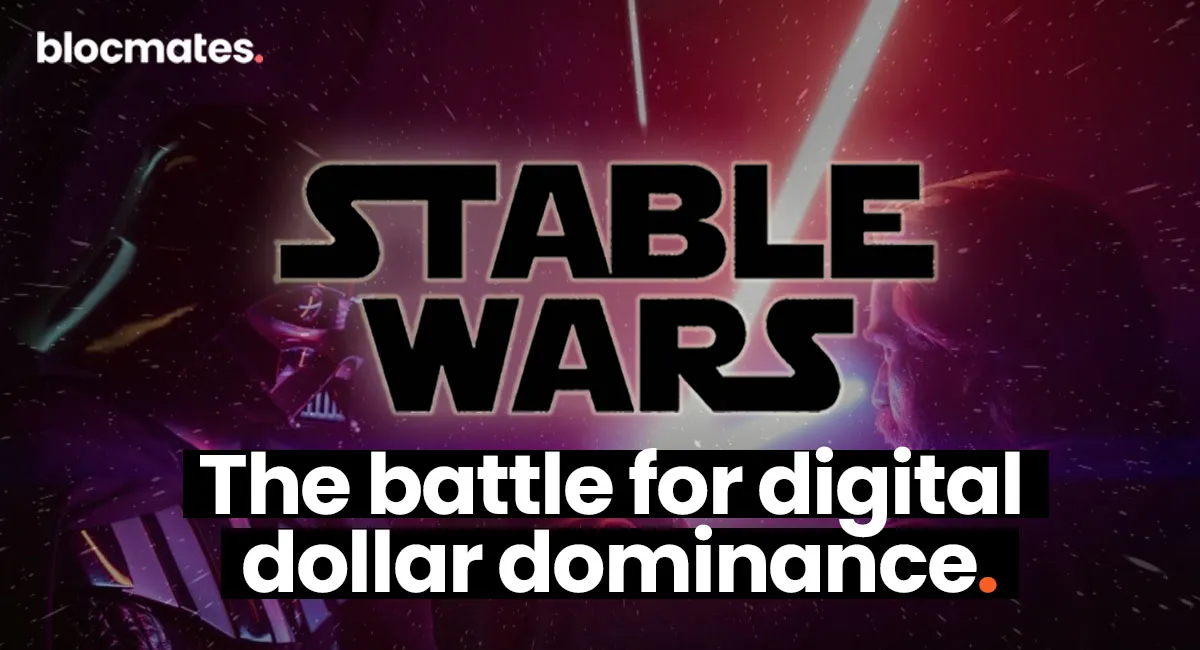

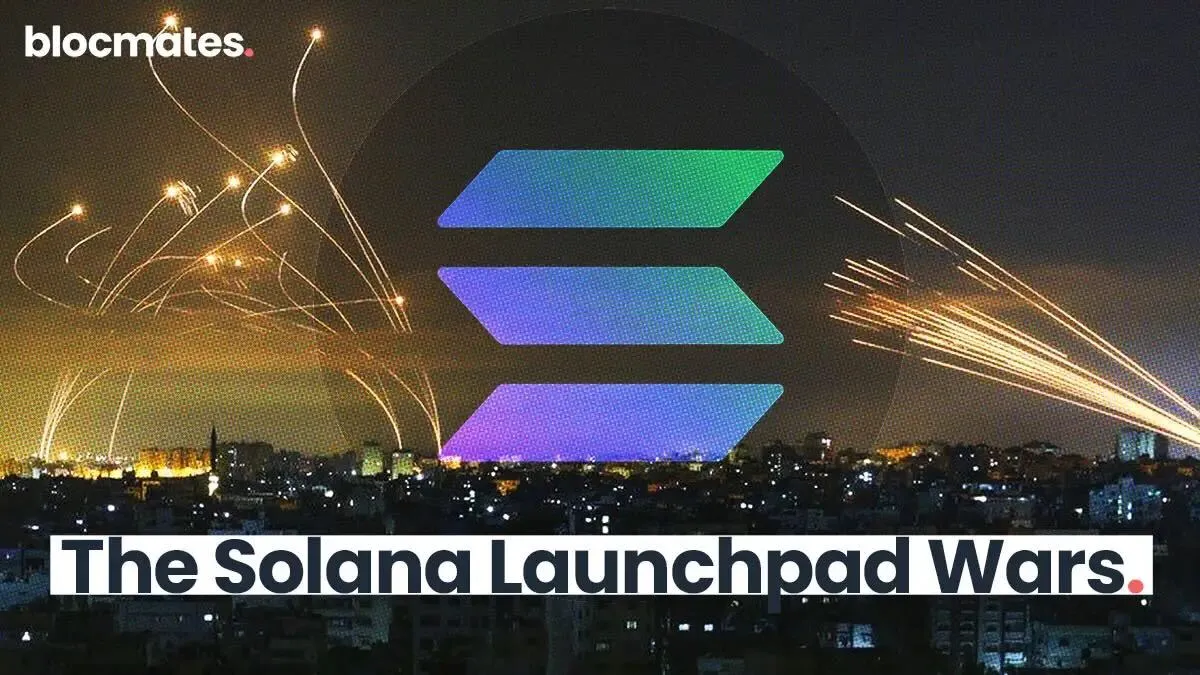




















%202.webp)


.webp)

.webp)
.webp)
.webp)



.webp)

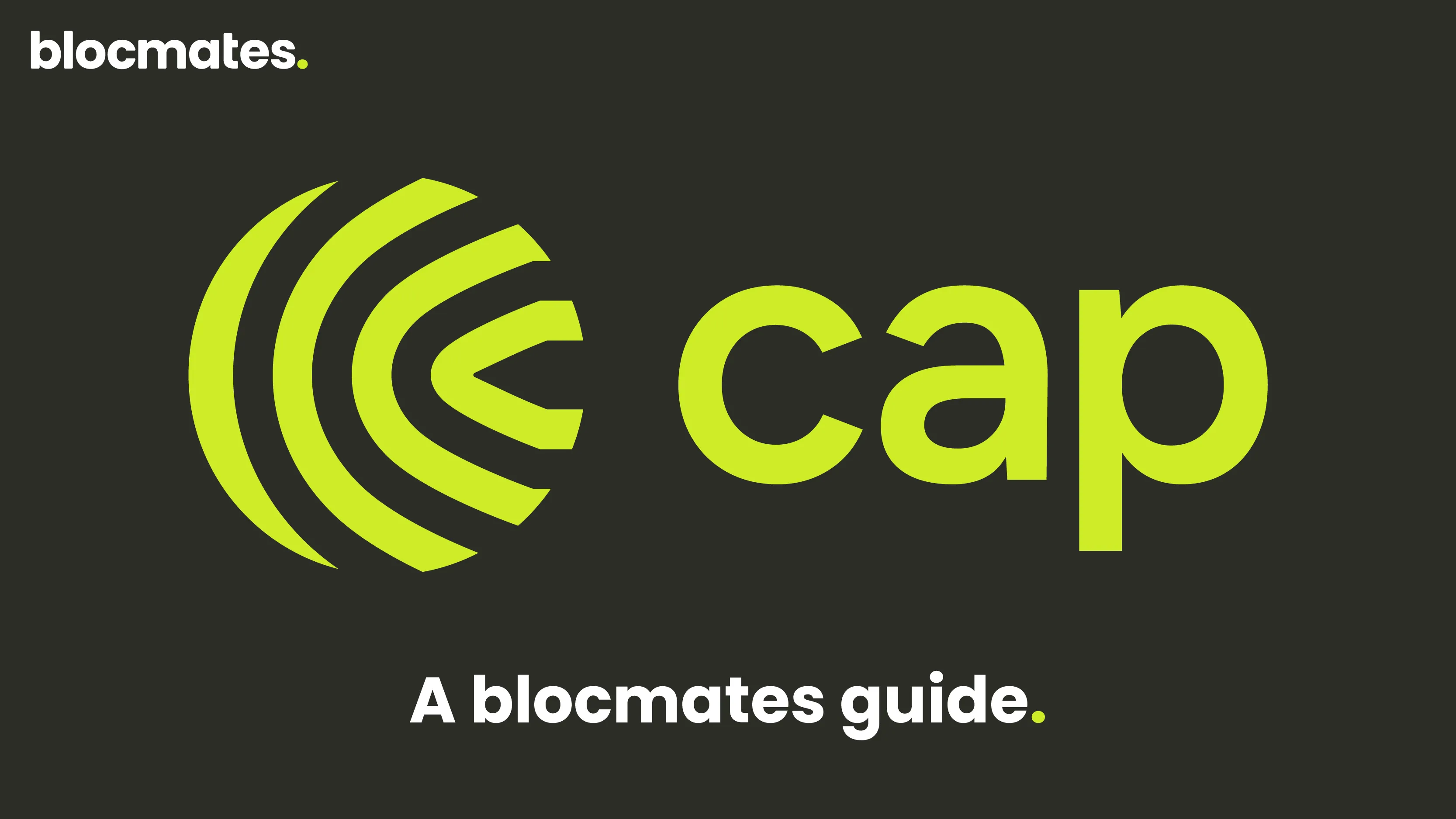










%20the%20Next%20Big%20Unlock%20in%20AI.webp)




.webp)
.webp)

.webp)
.webp)
.webp)


.webp)
.webp)










.webp)


.webp)









.webp)







.webp)
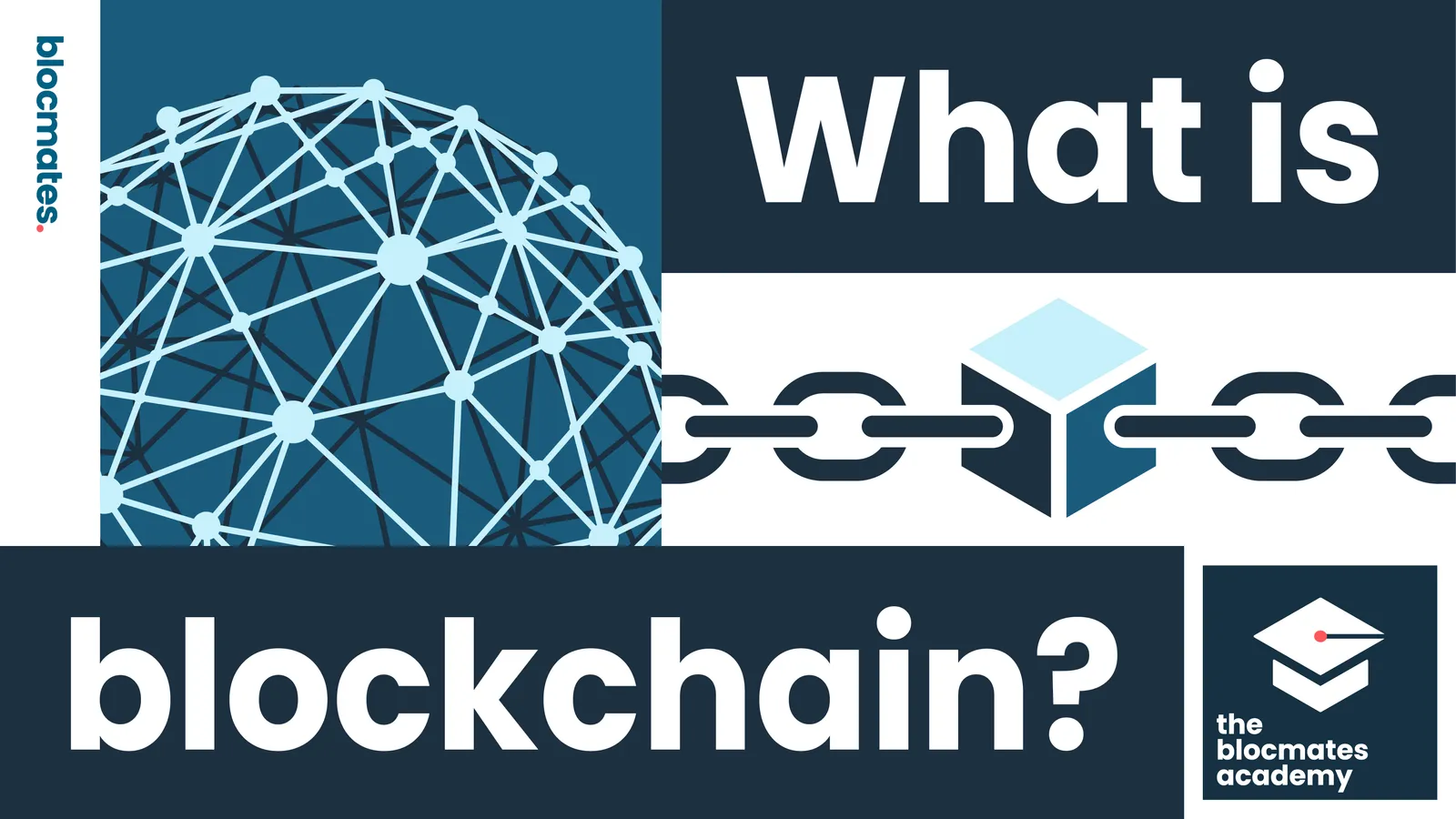



.webp)






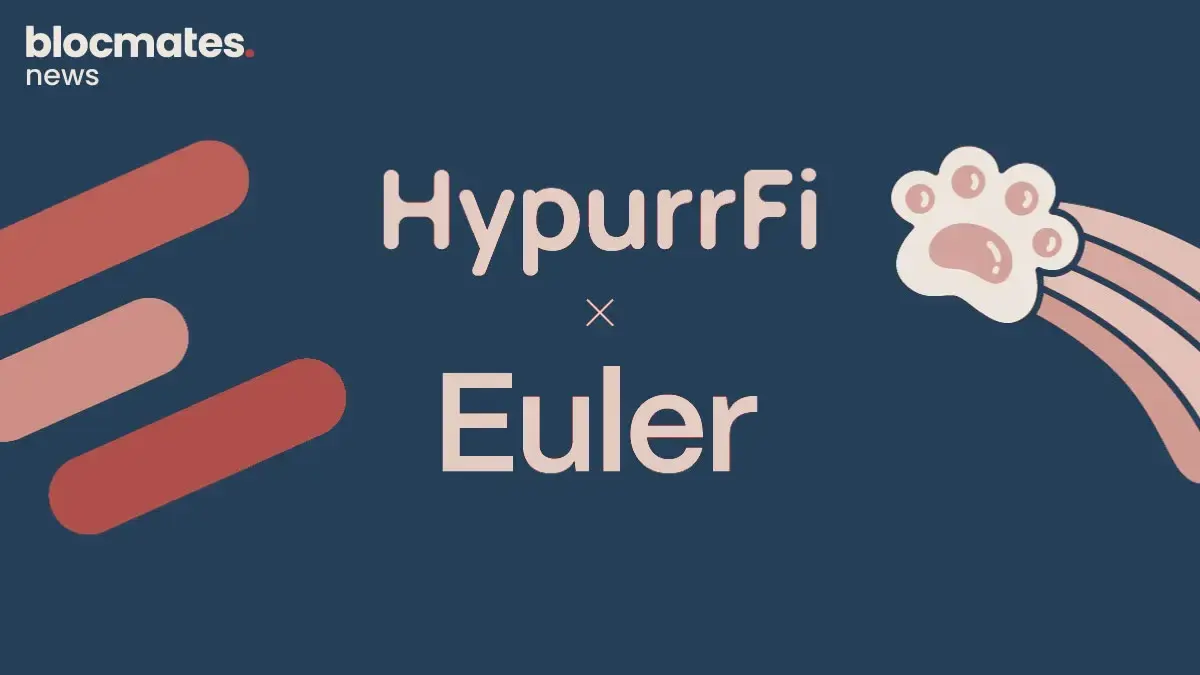







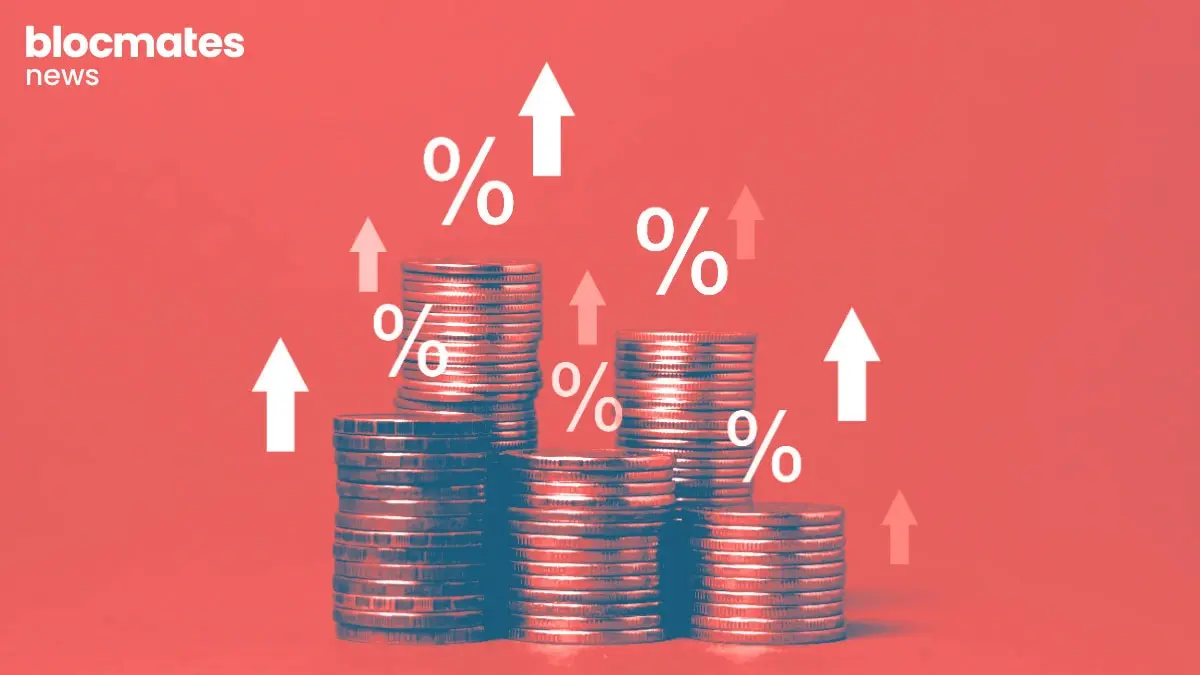

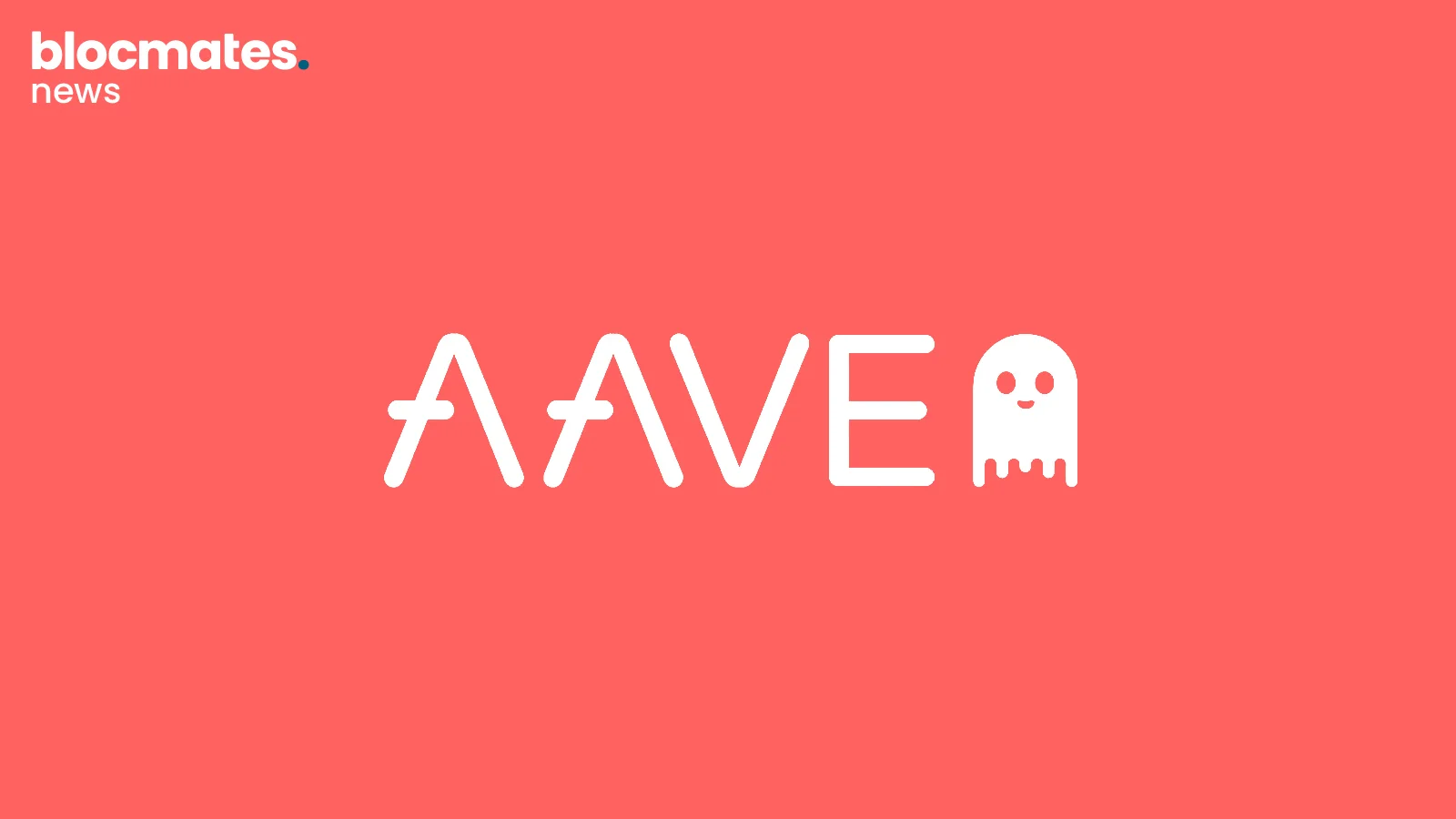
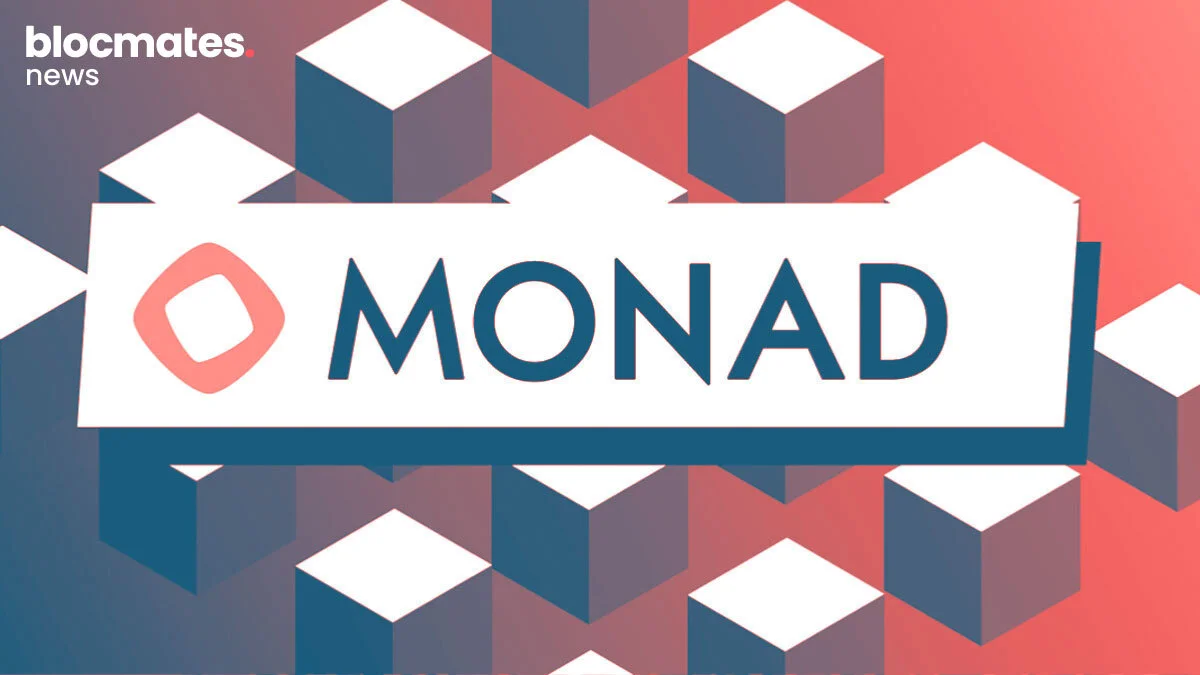
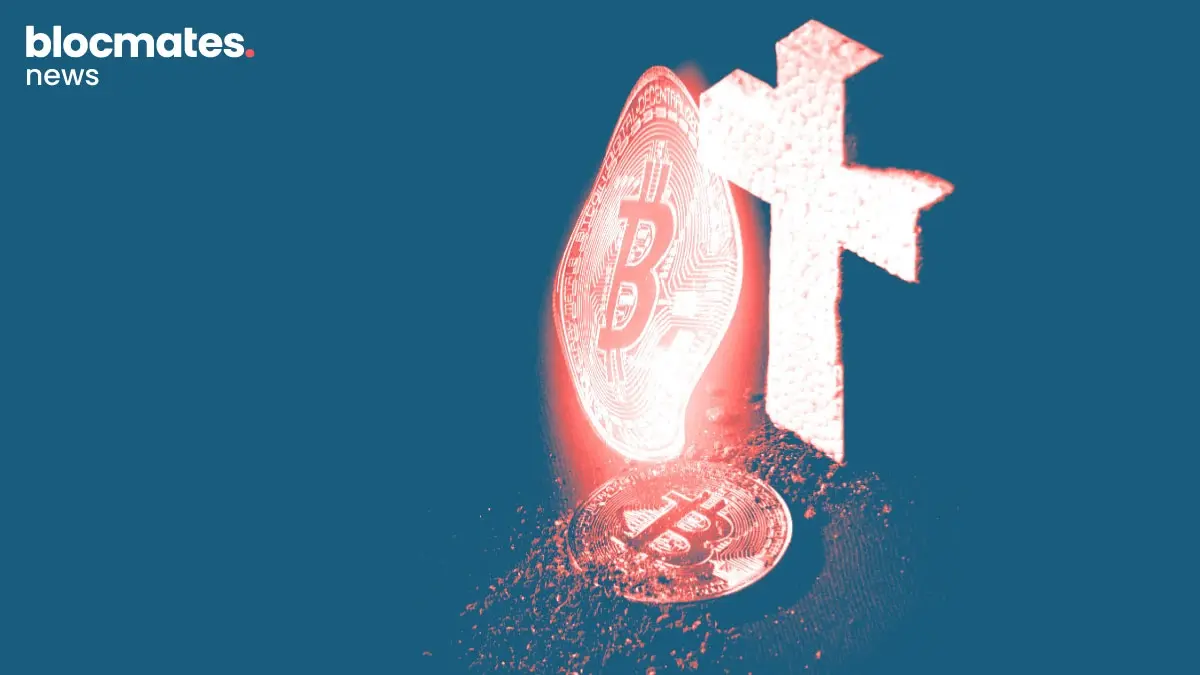




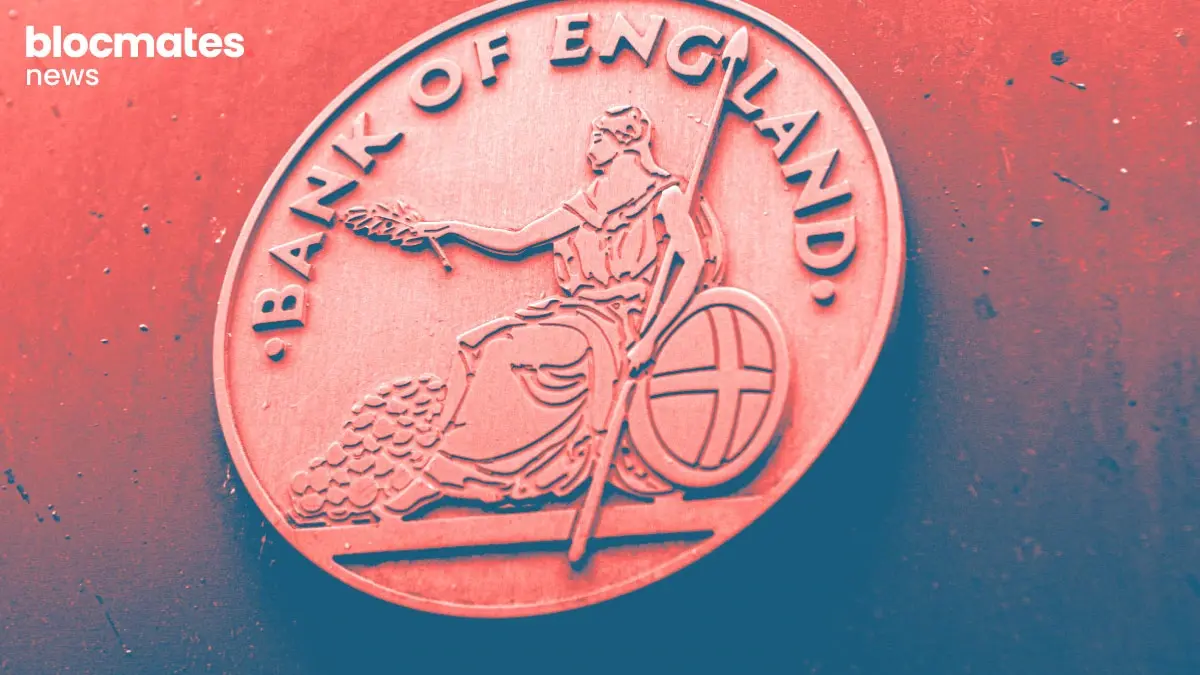
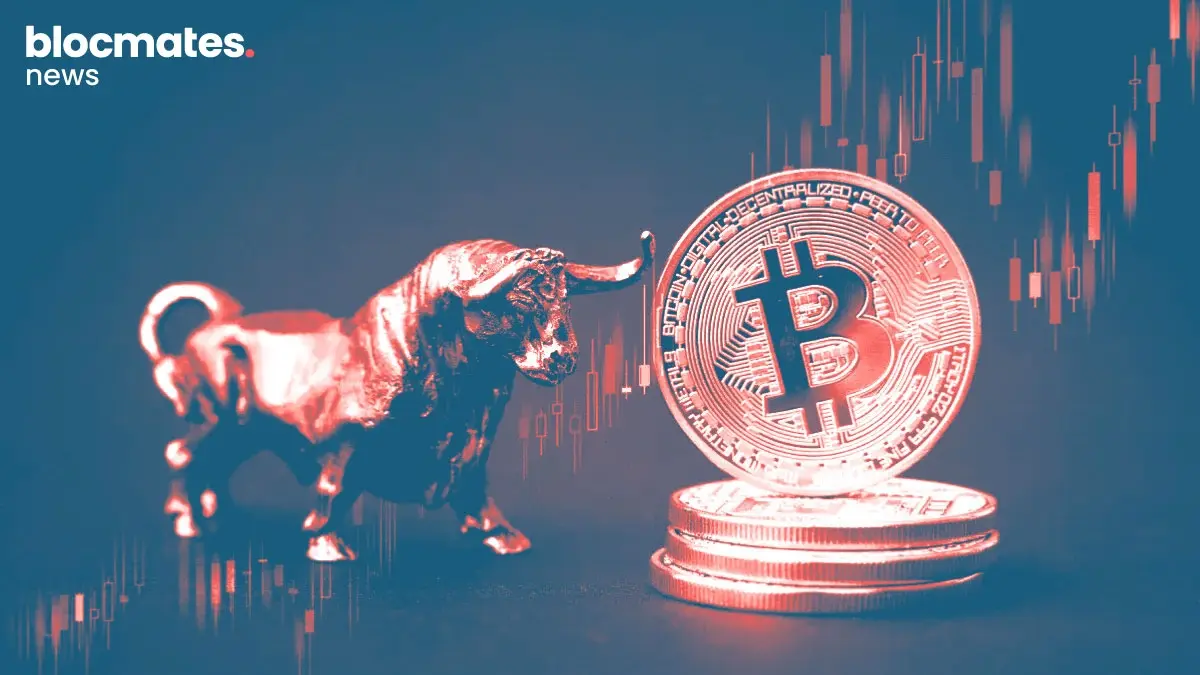

.webp)
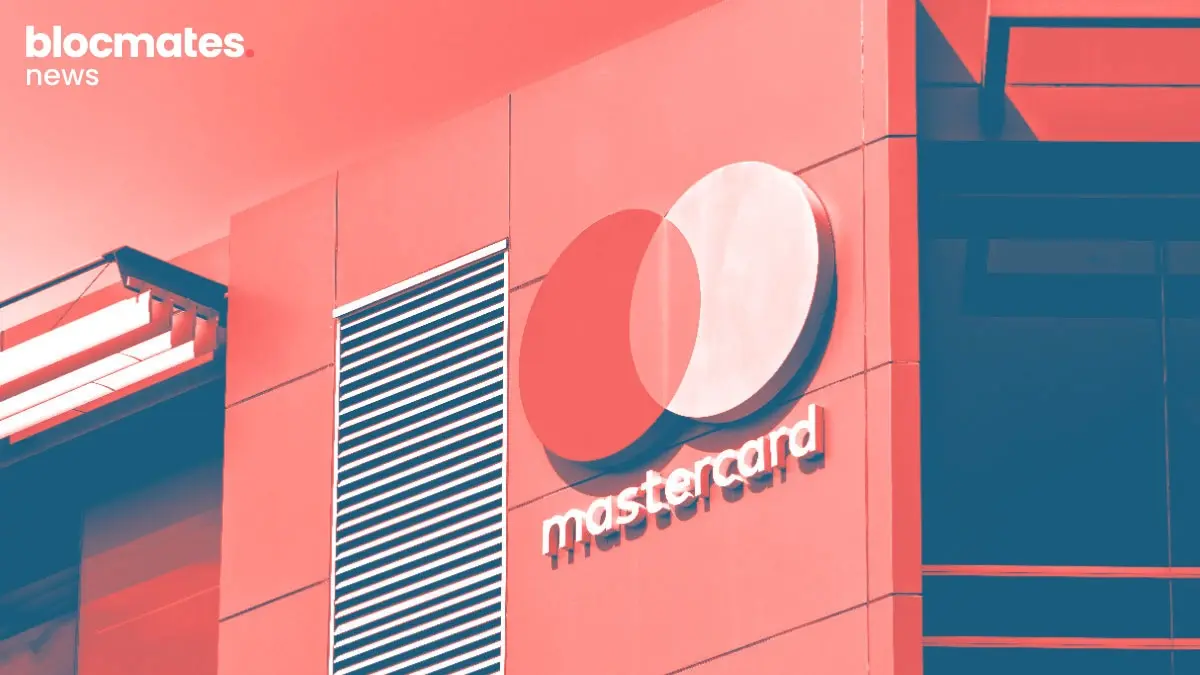






.webp)


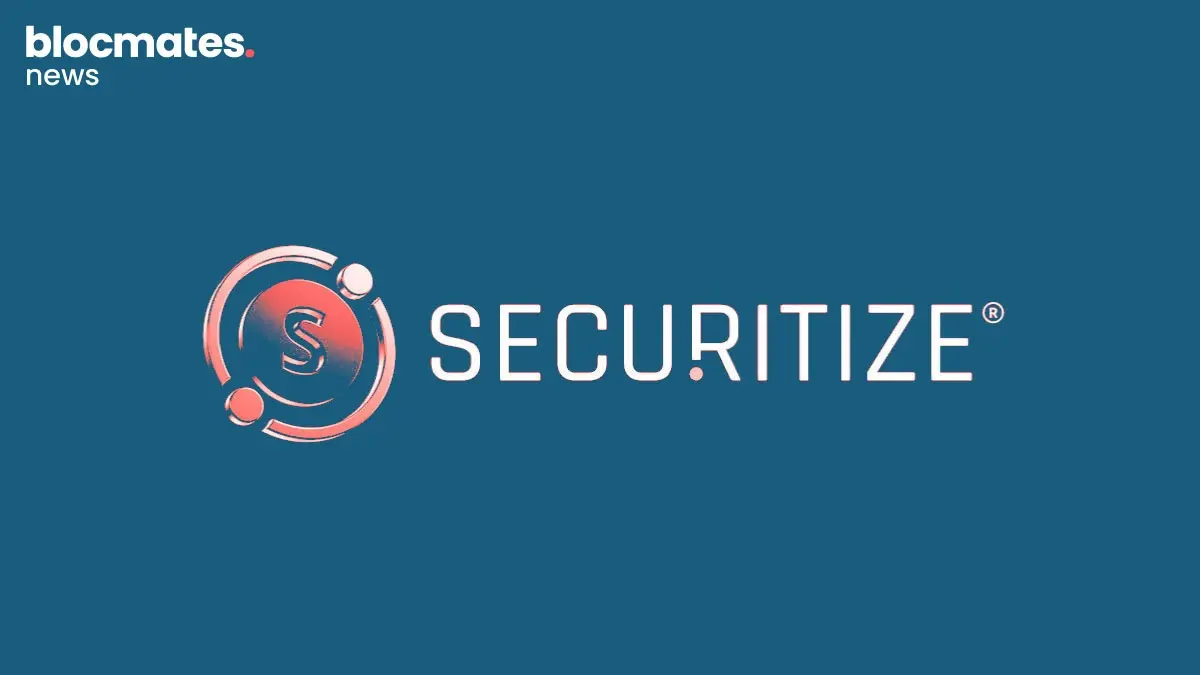

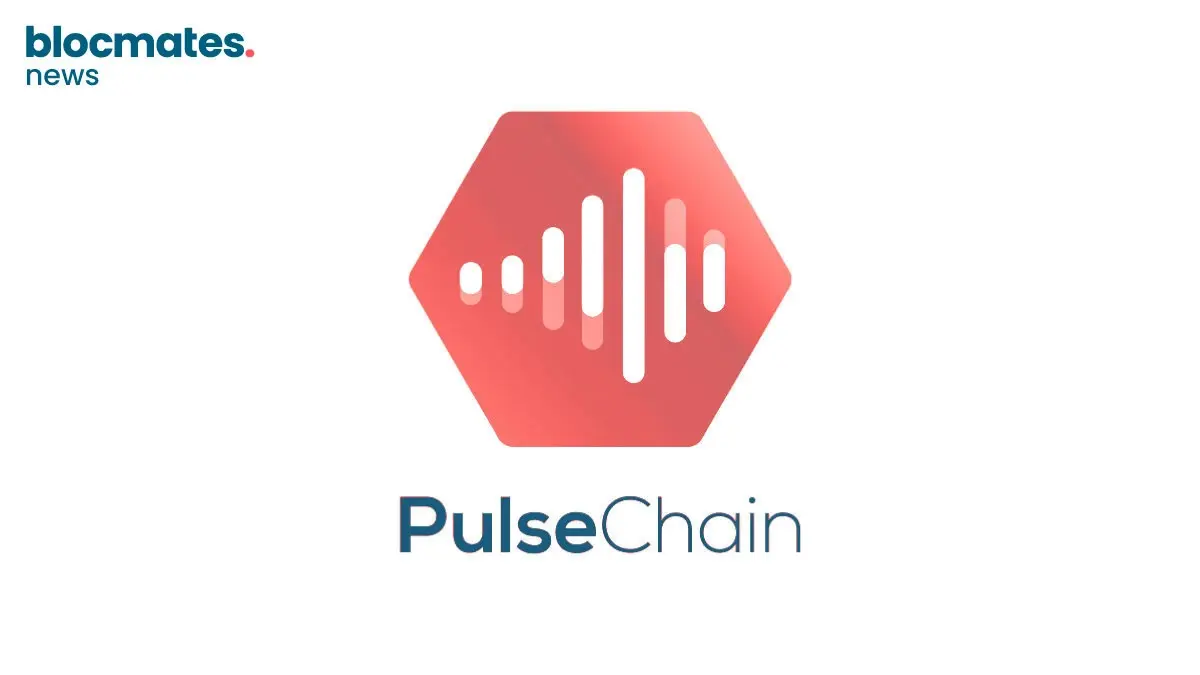
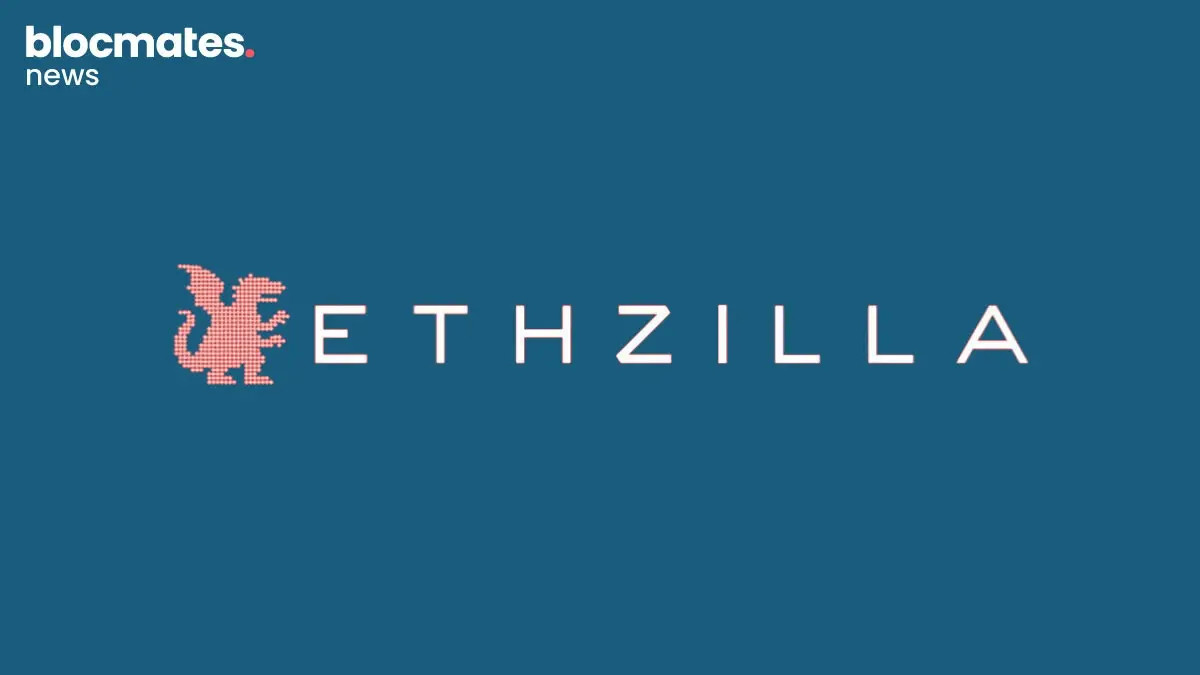
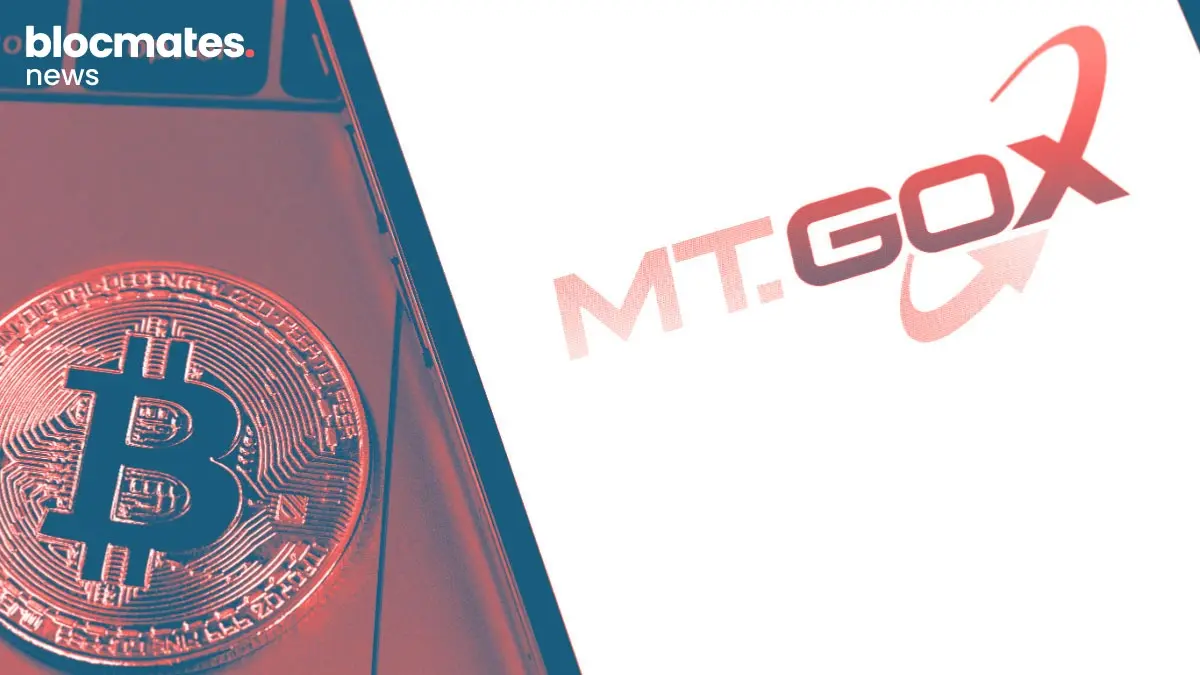
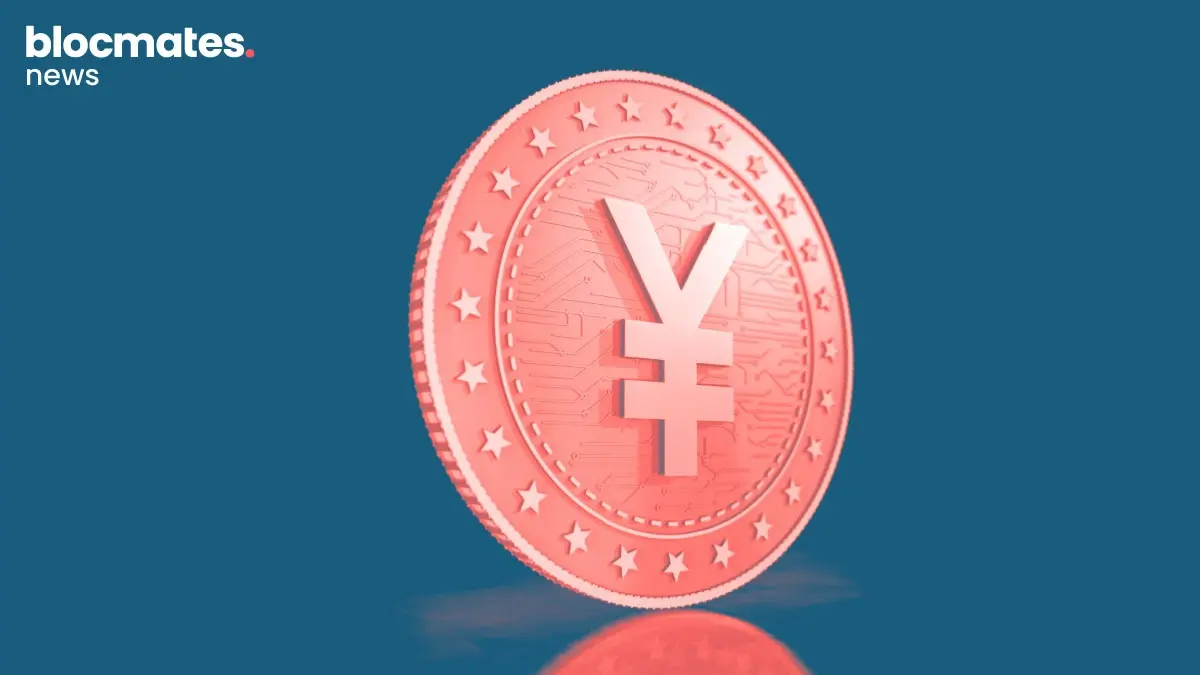
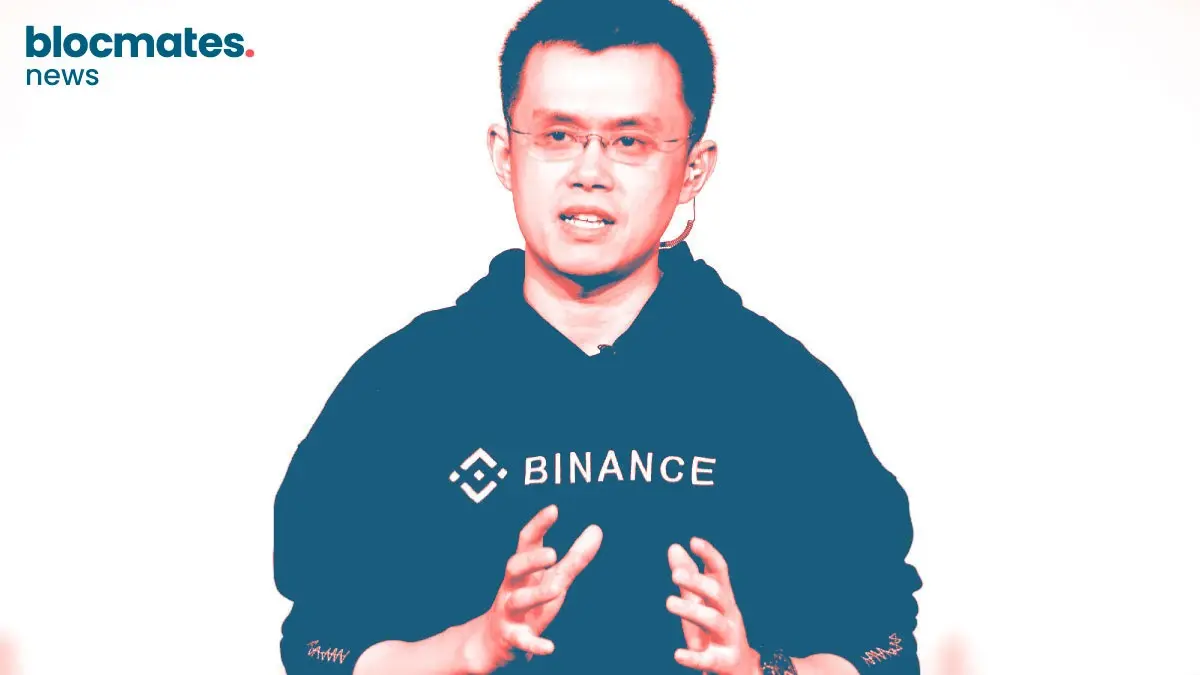


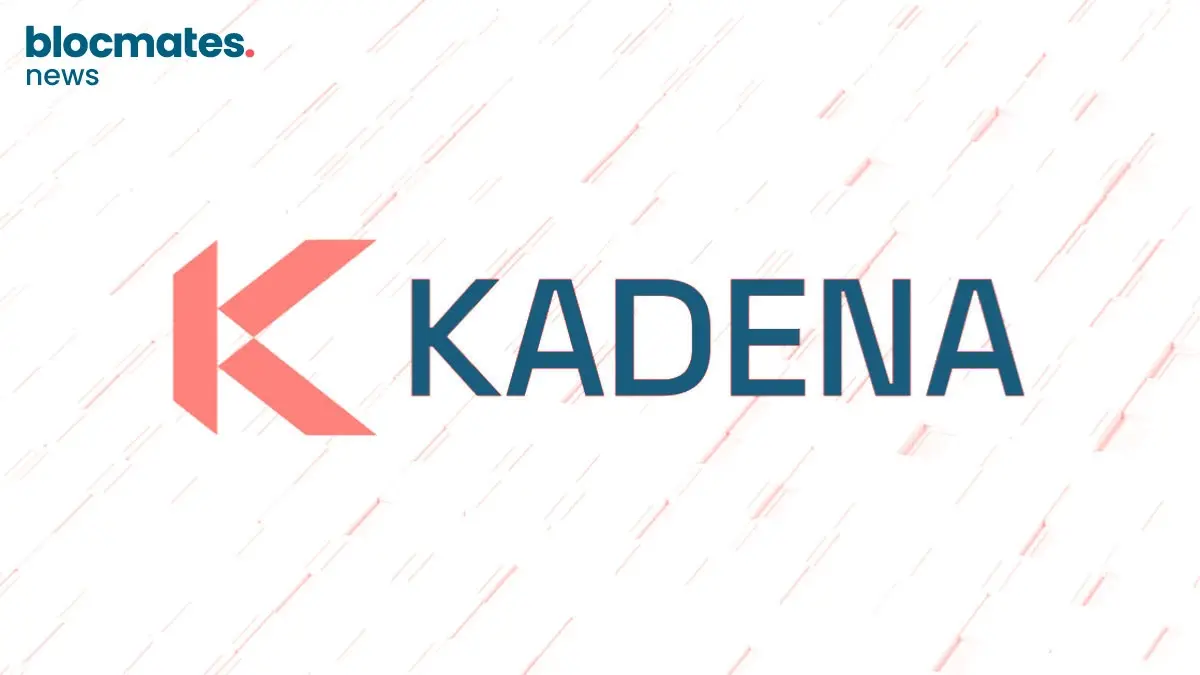

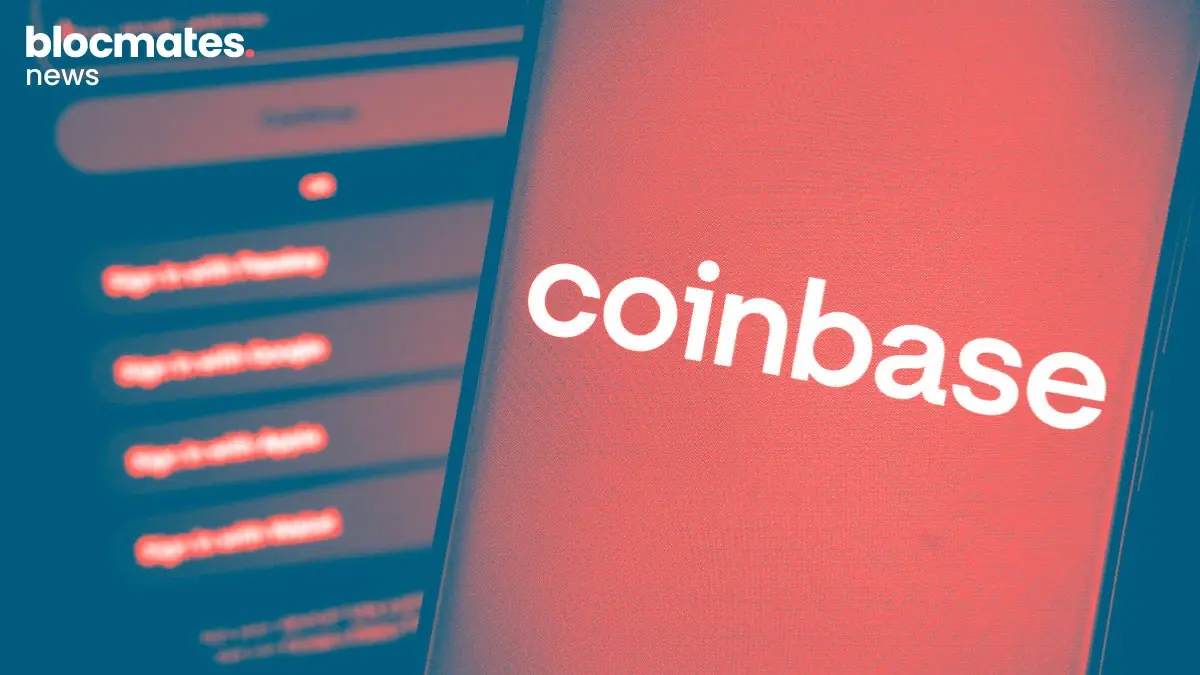
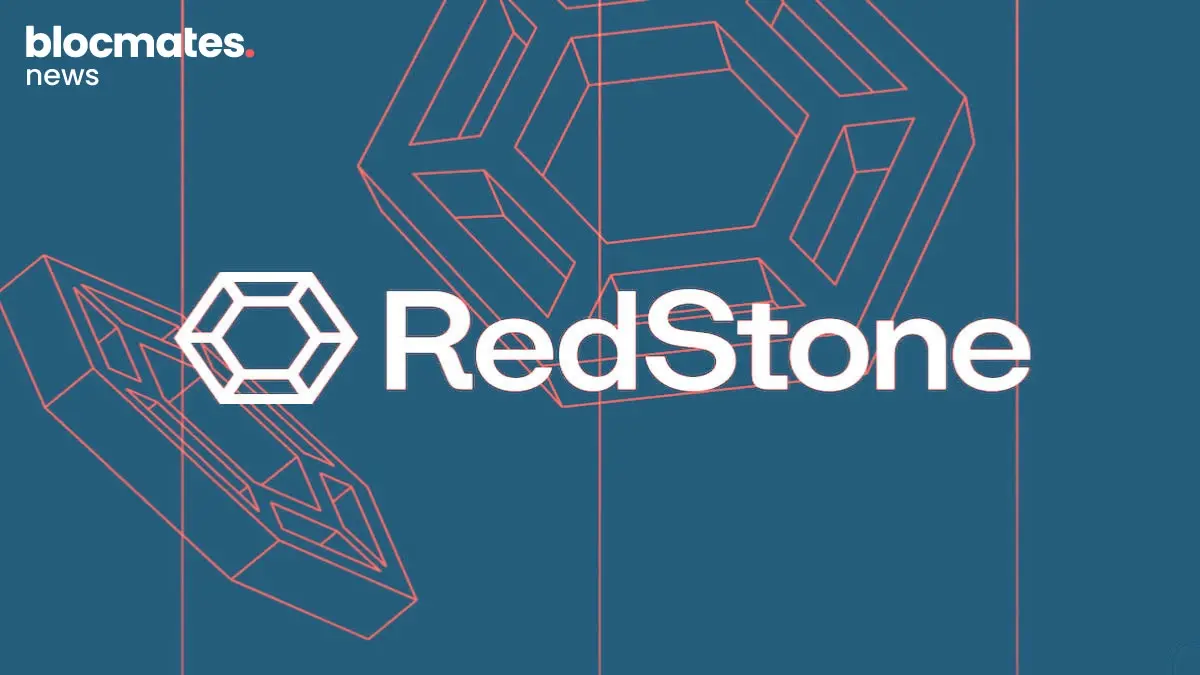
.webp)
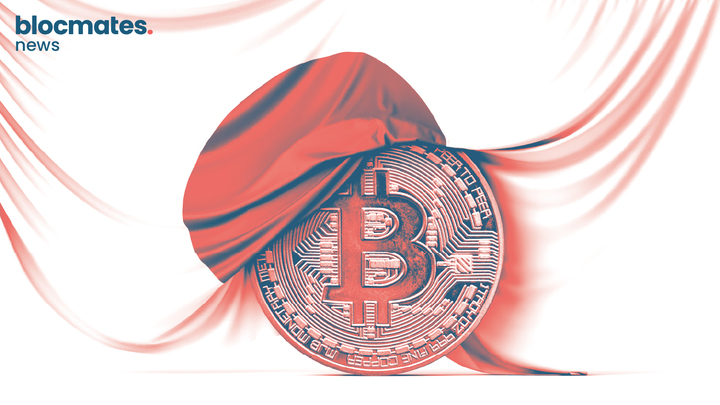
.webp)
.webp)

.webp)


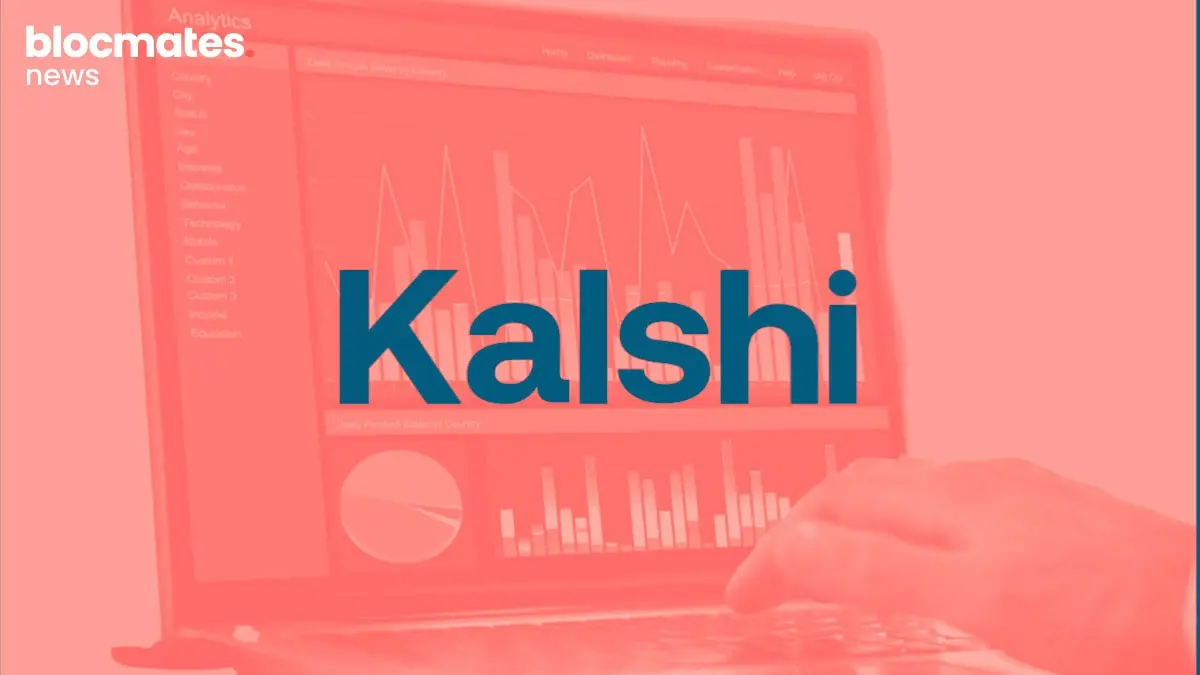
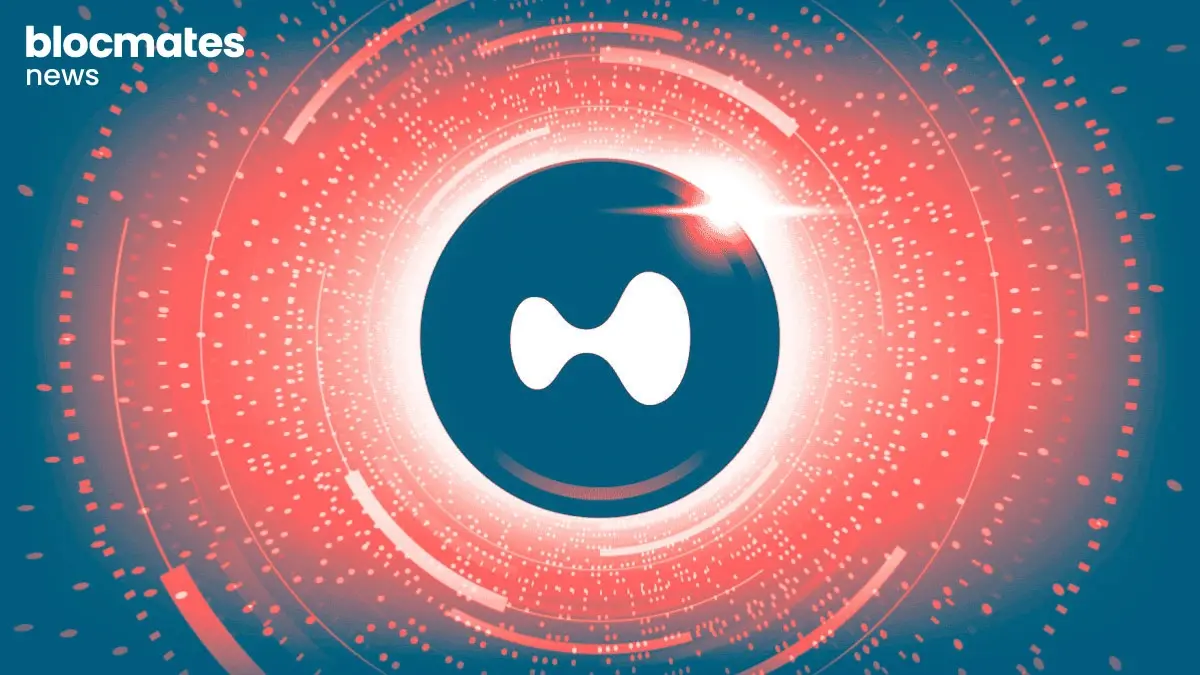




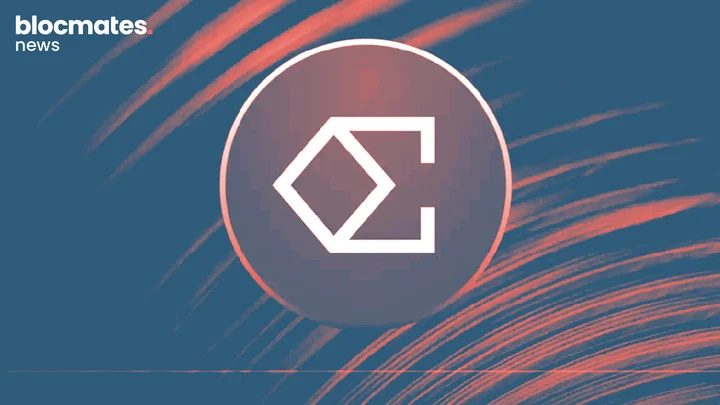


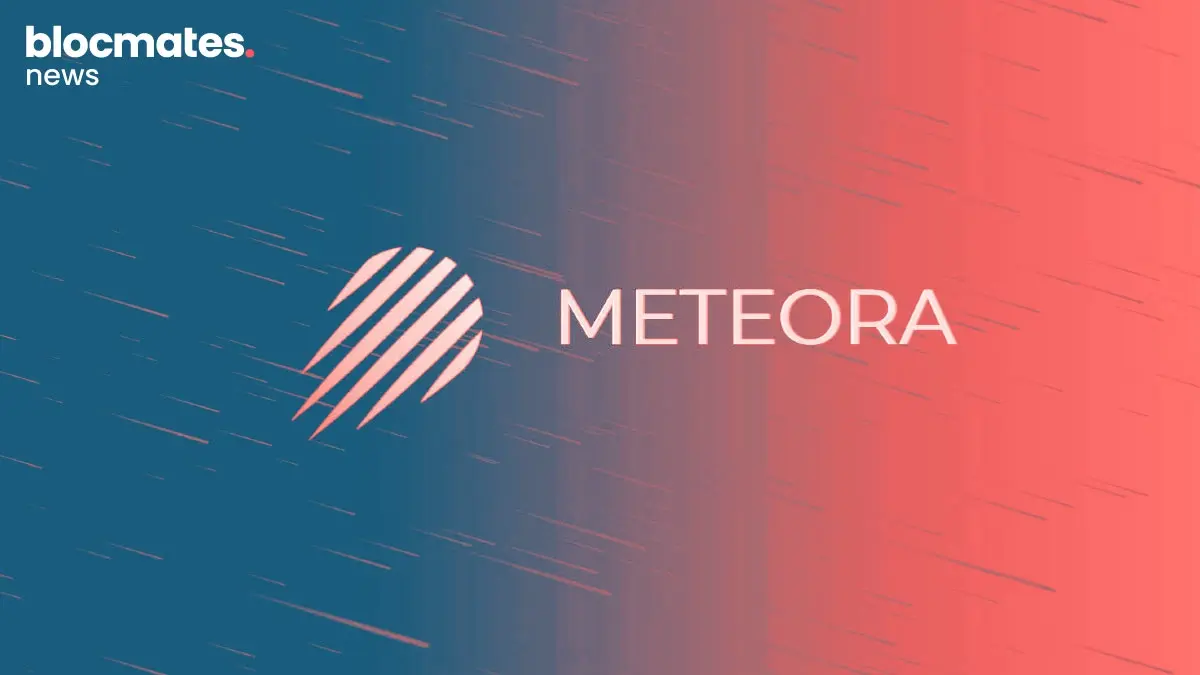
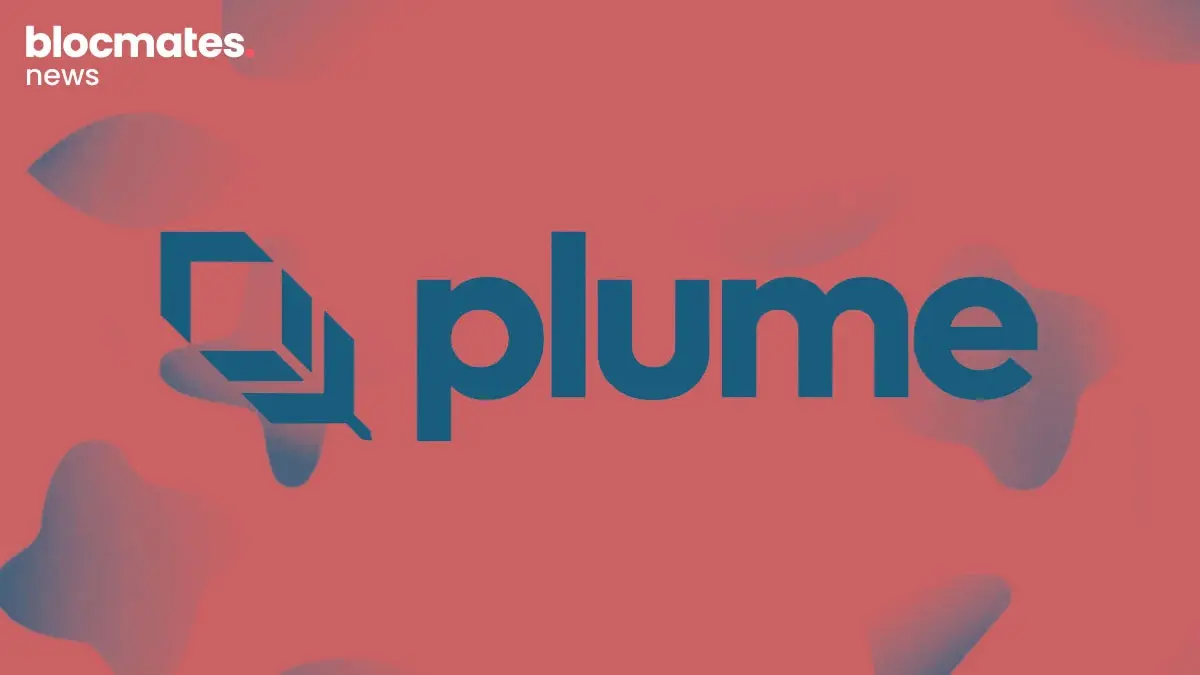

.webp)

.webp)


.webp)



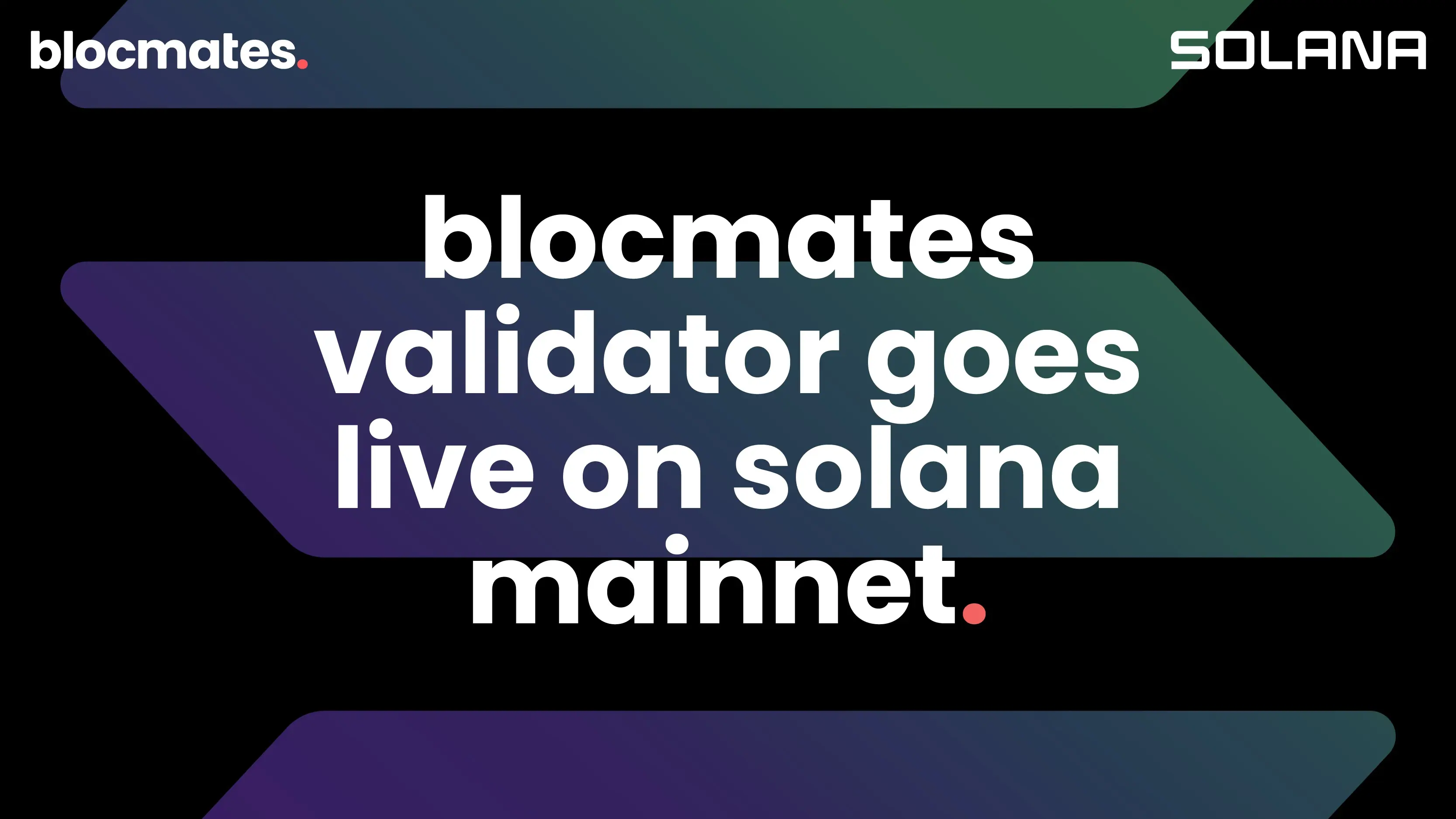
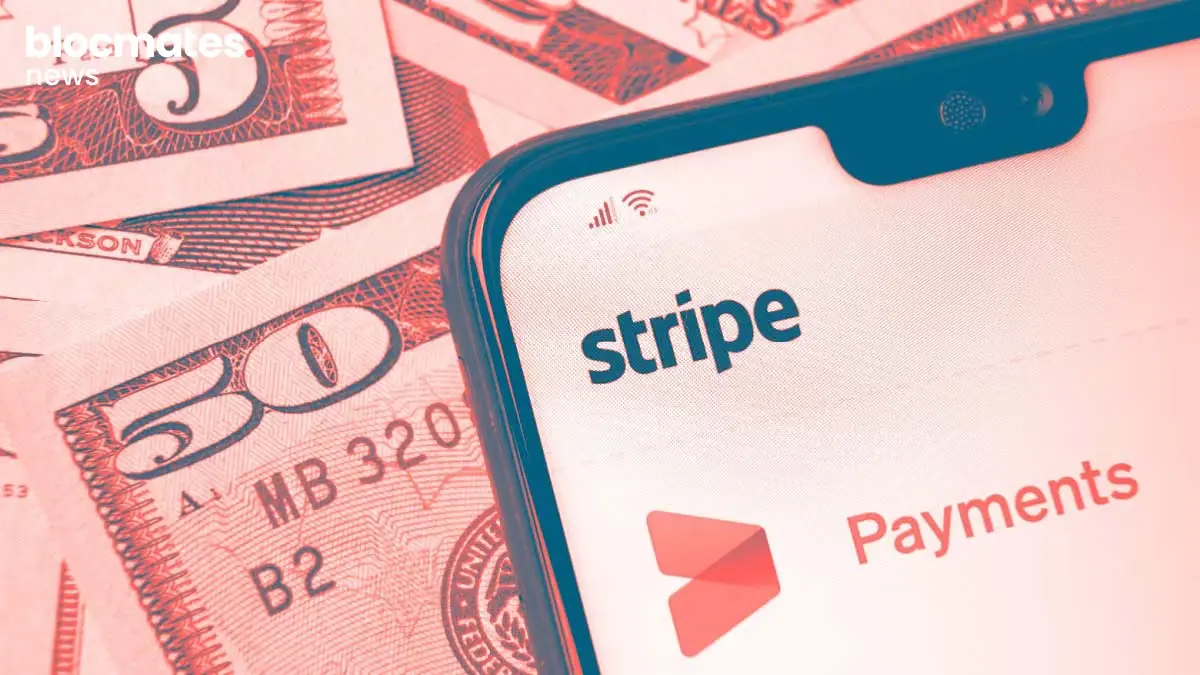



.webp)
